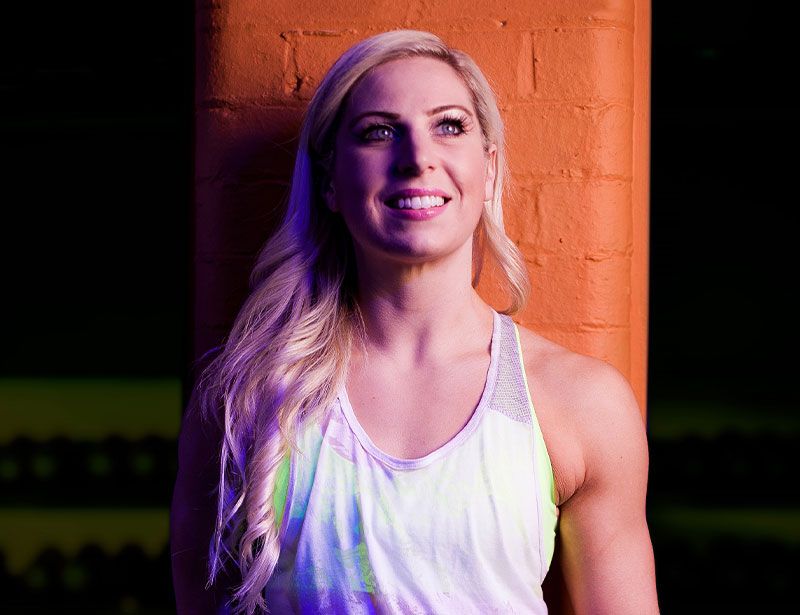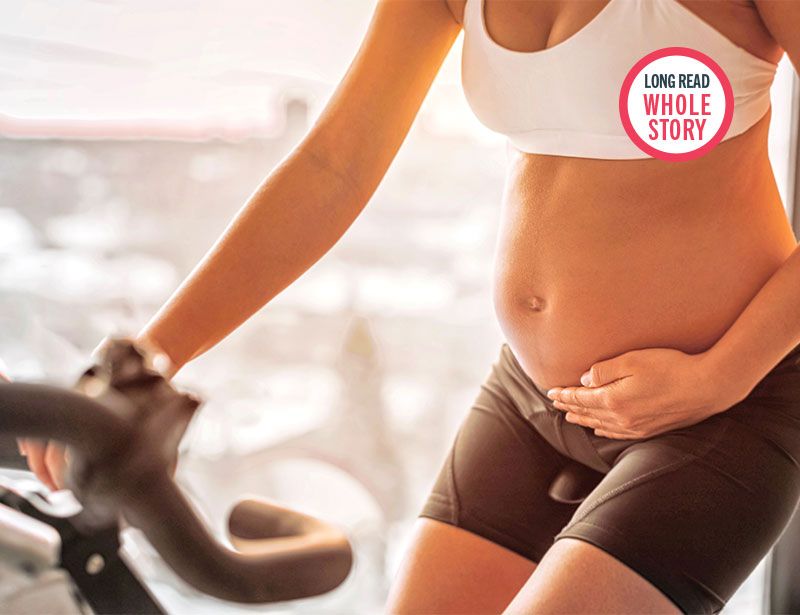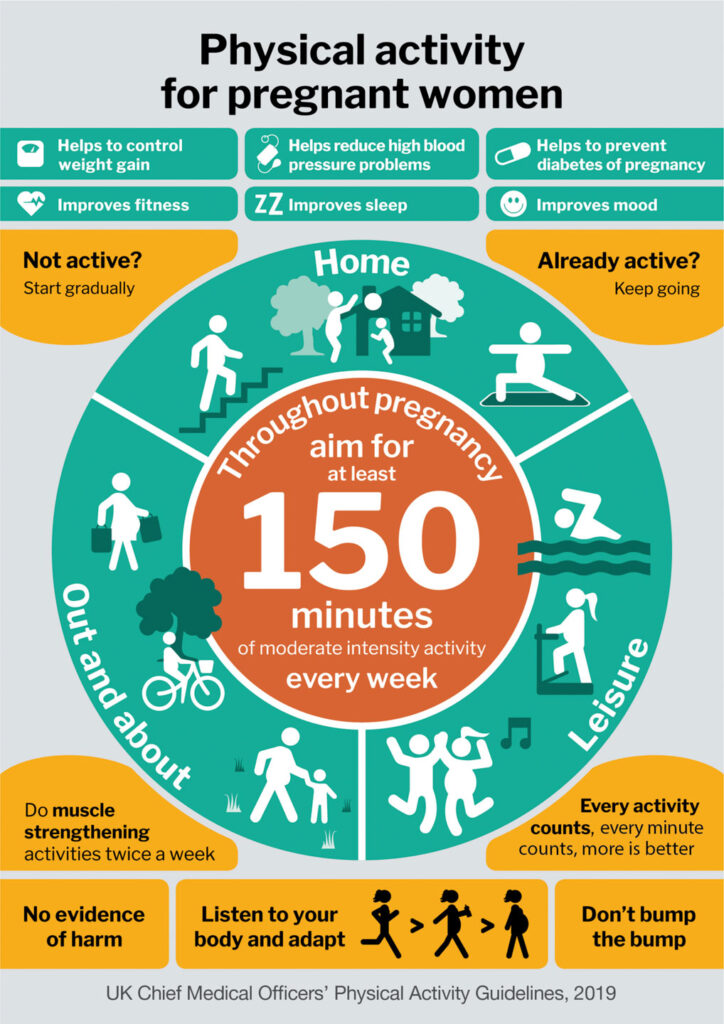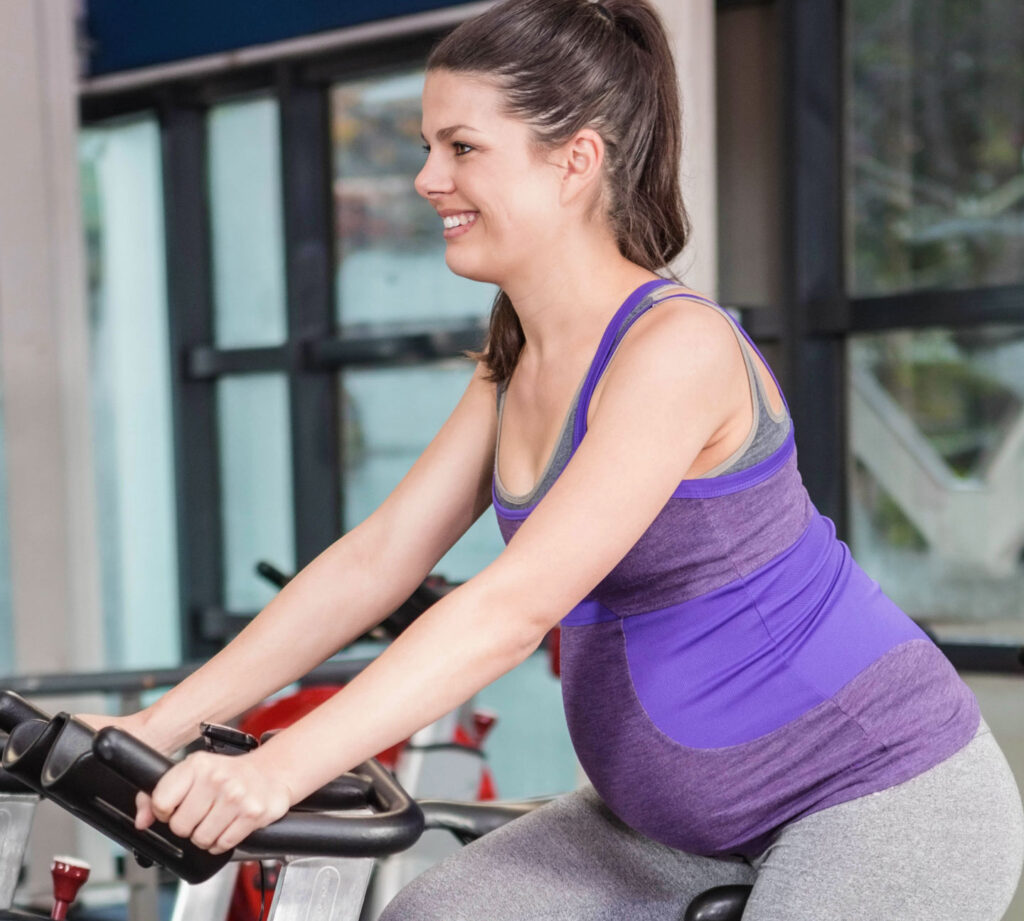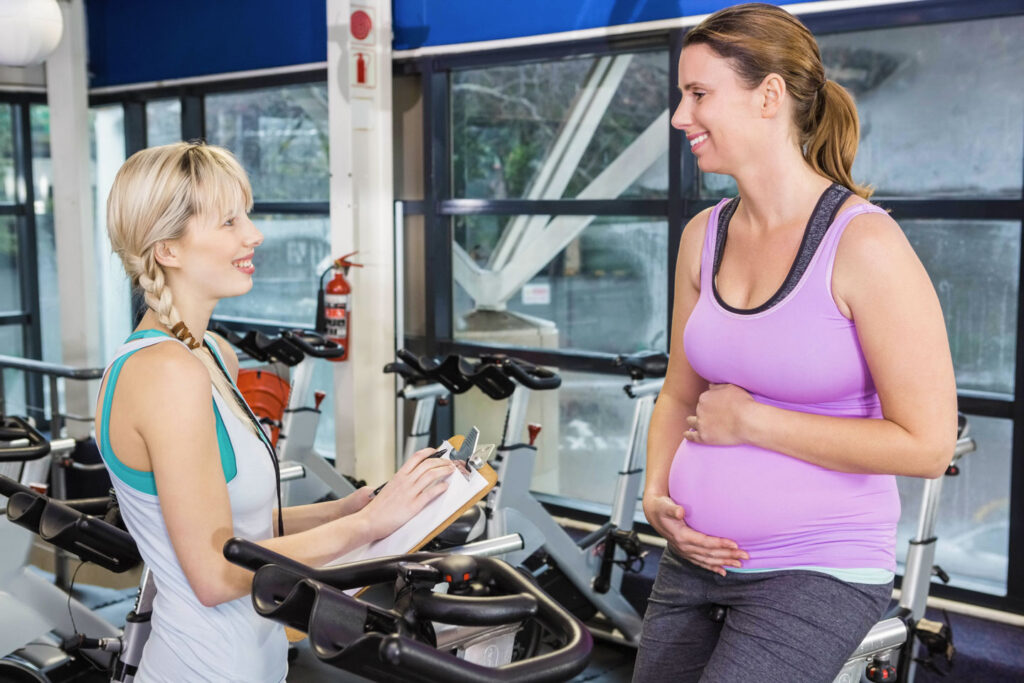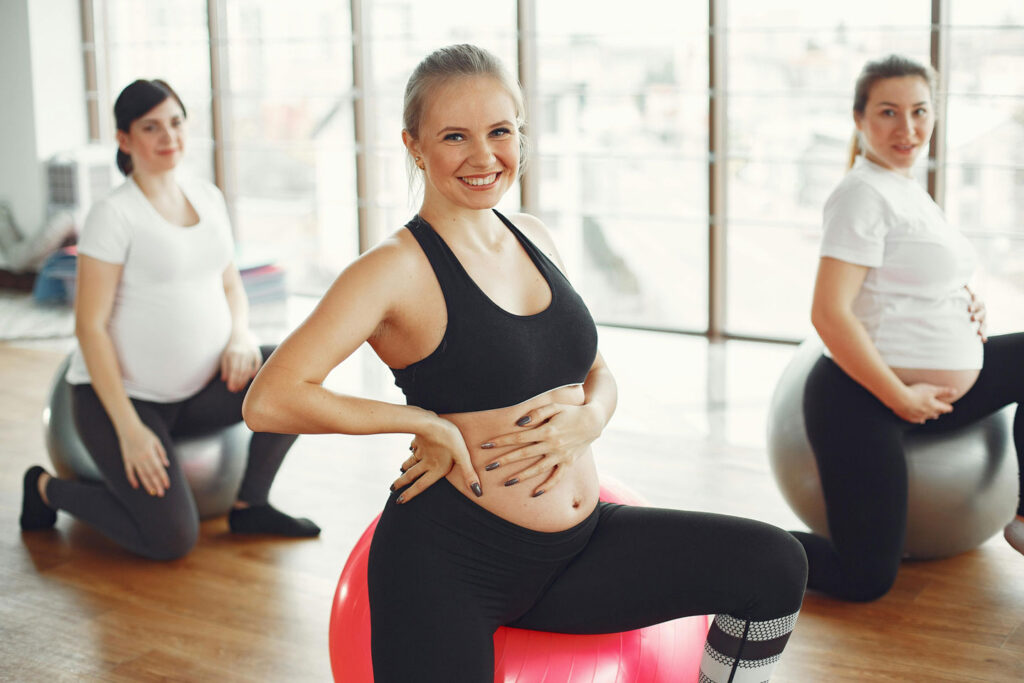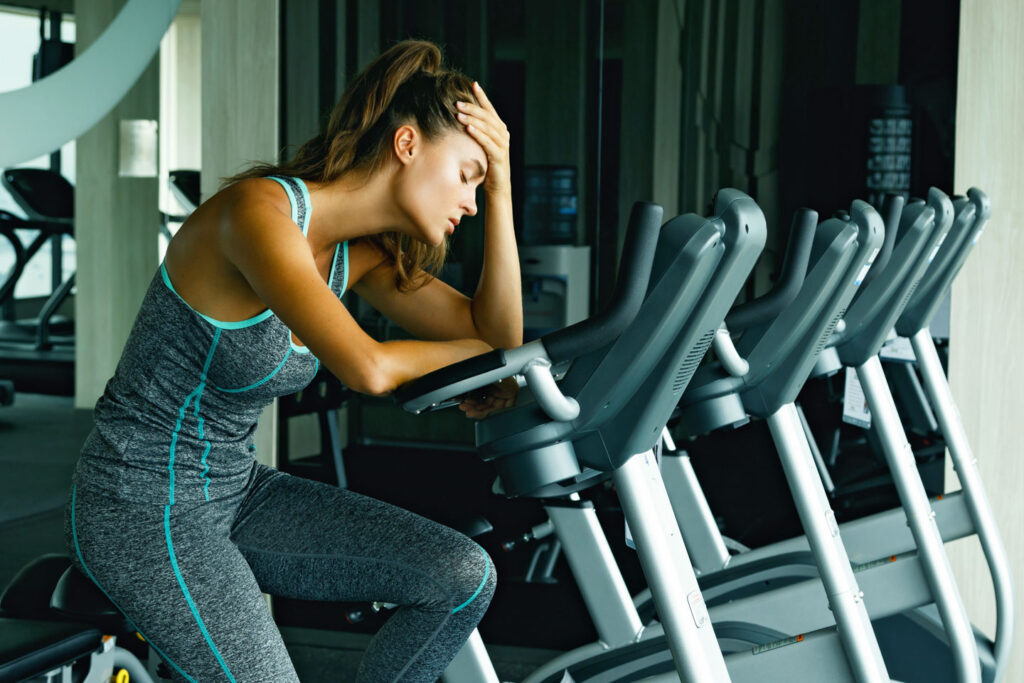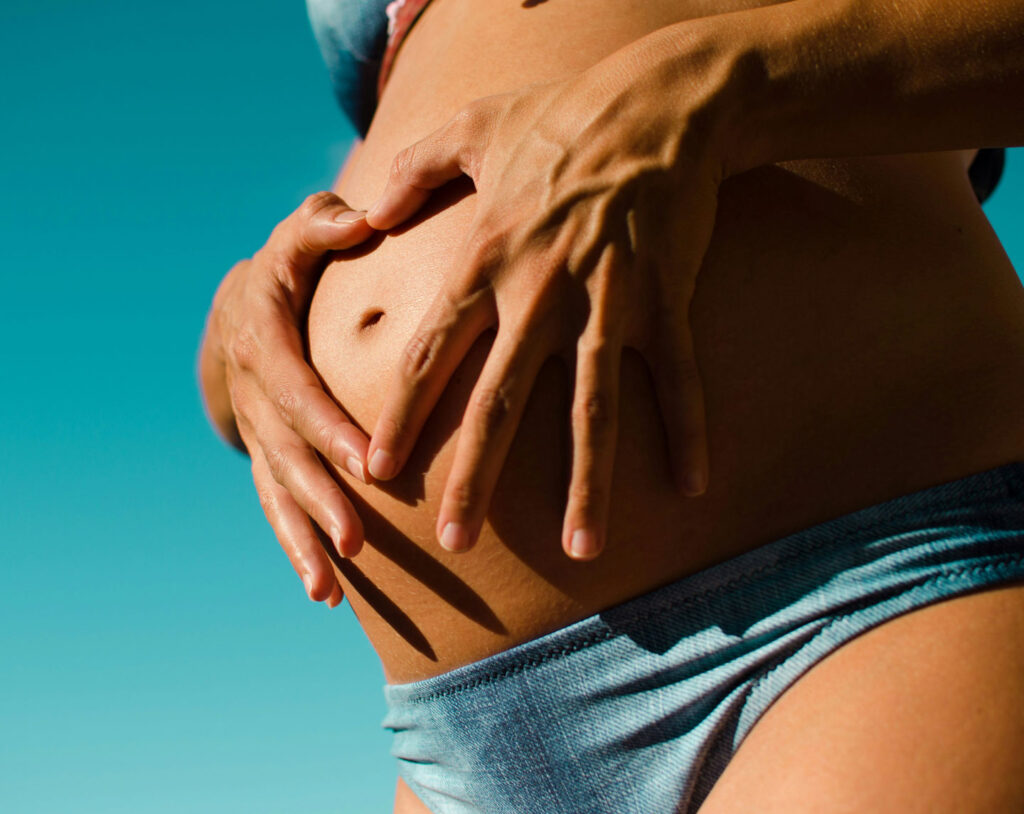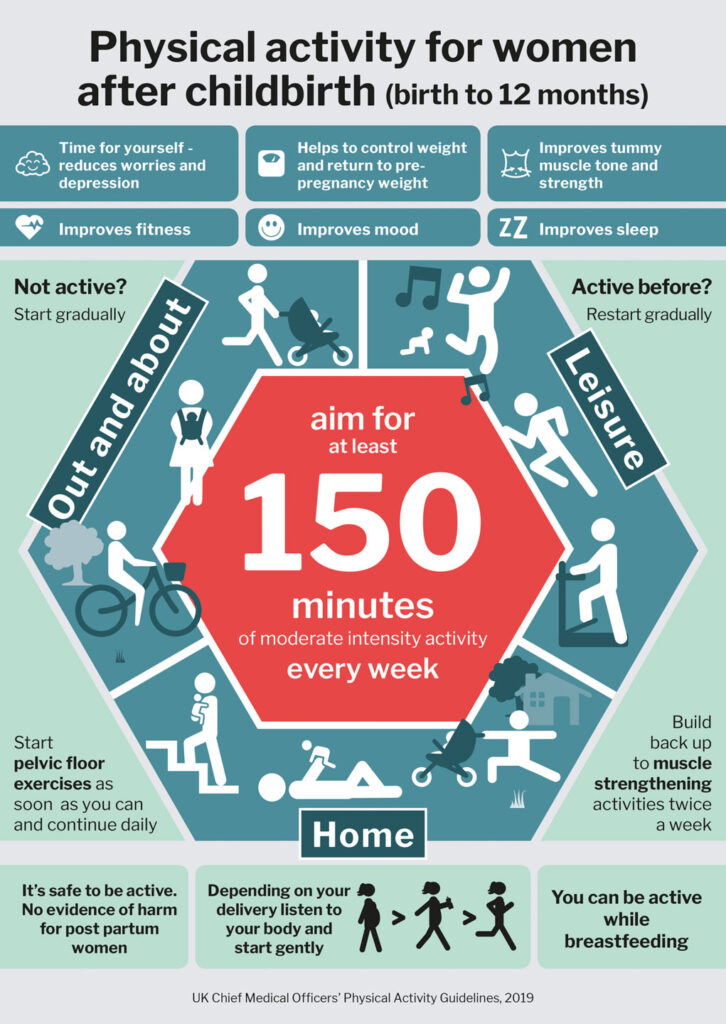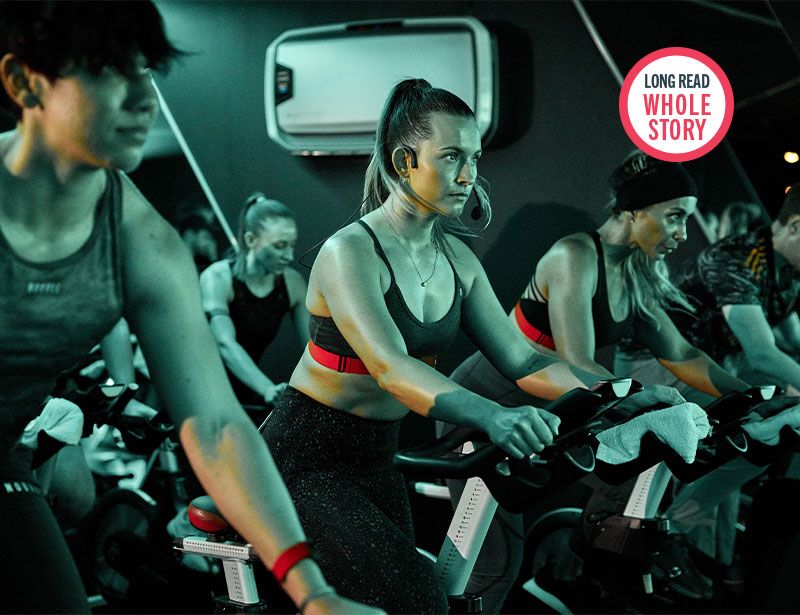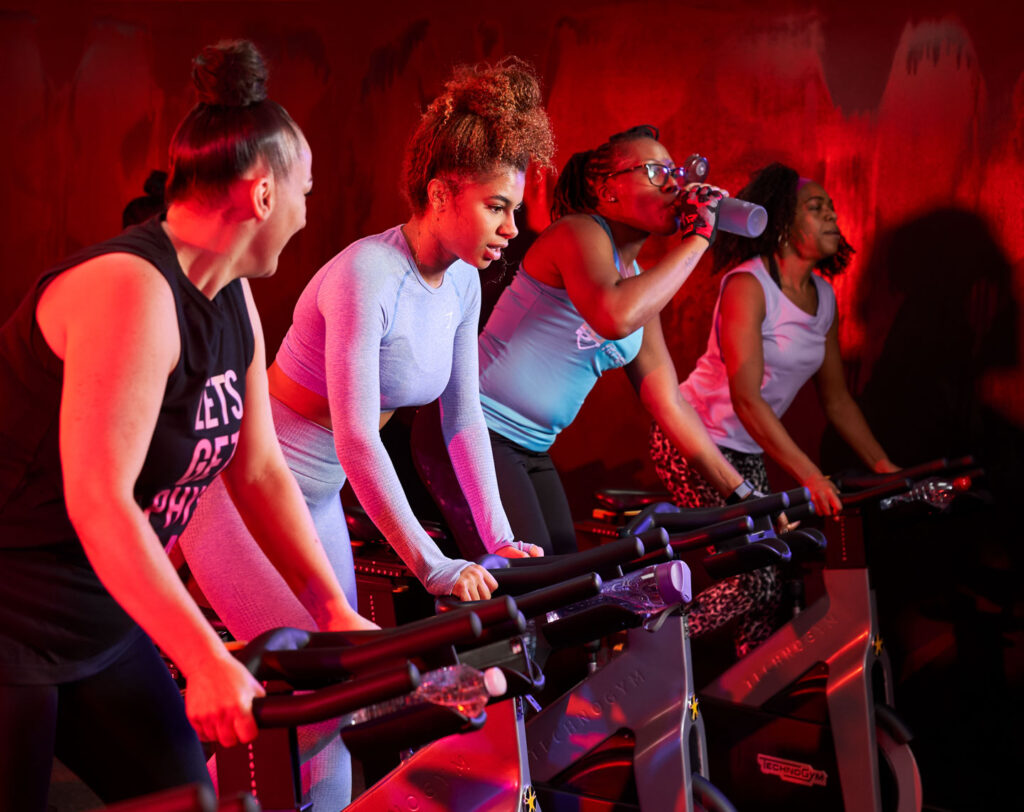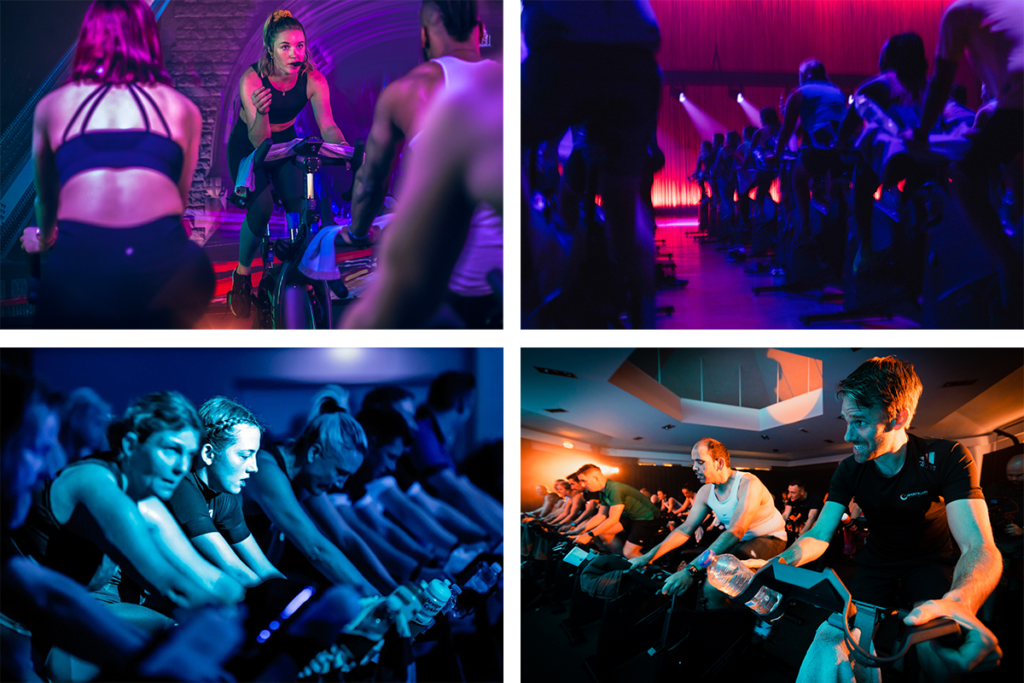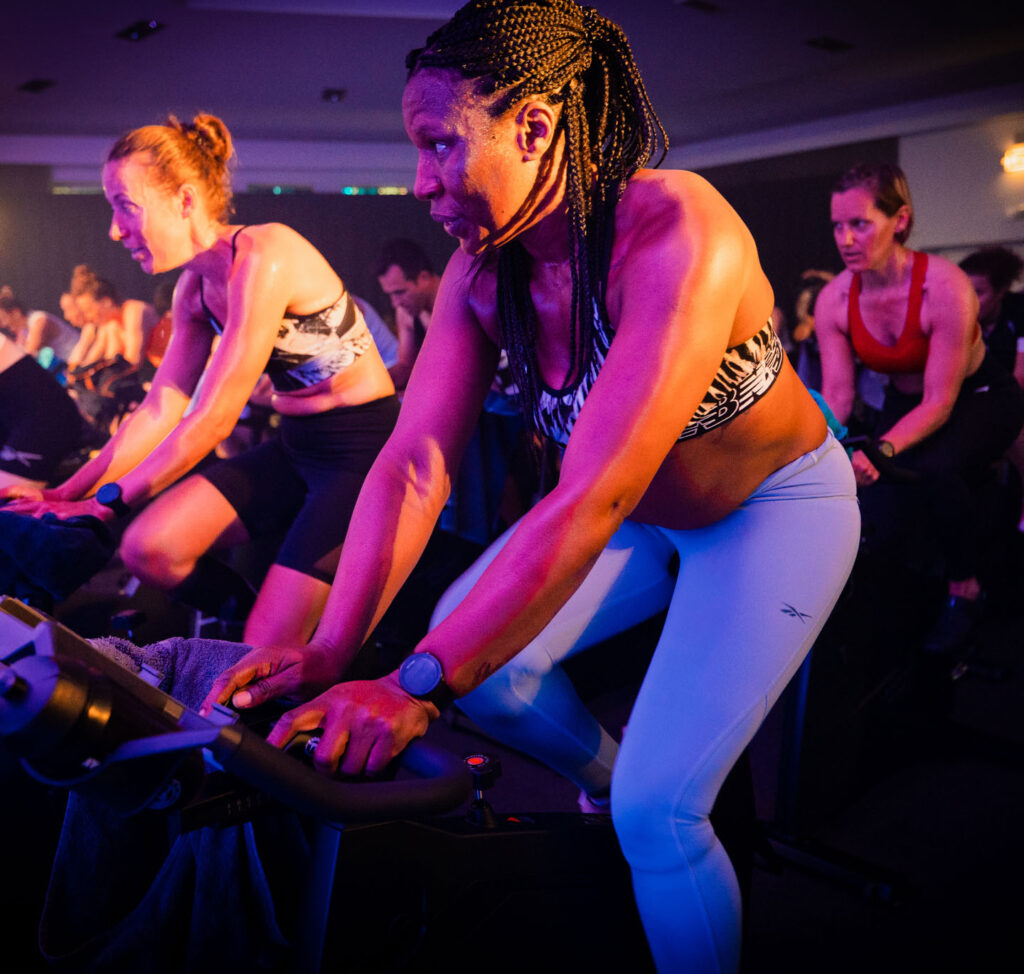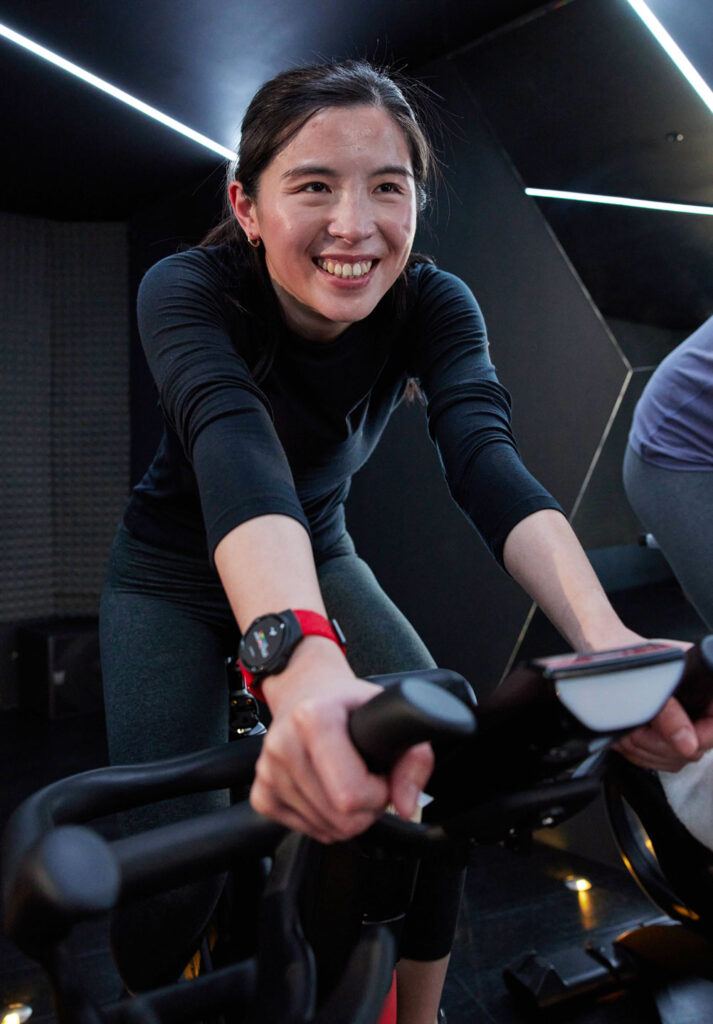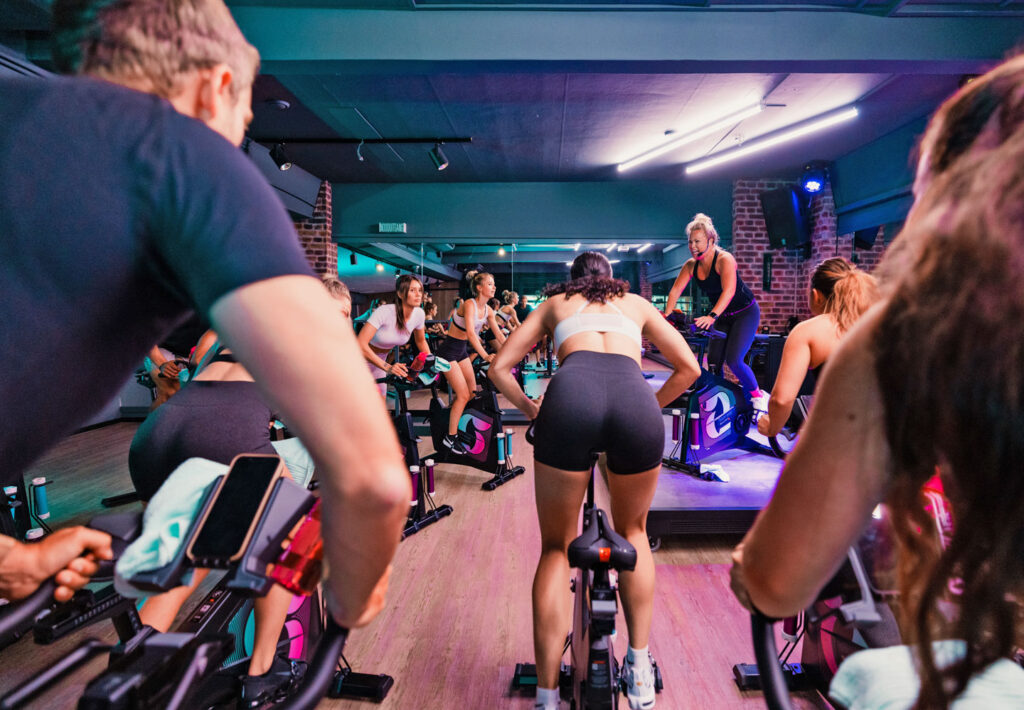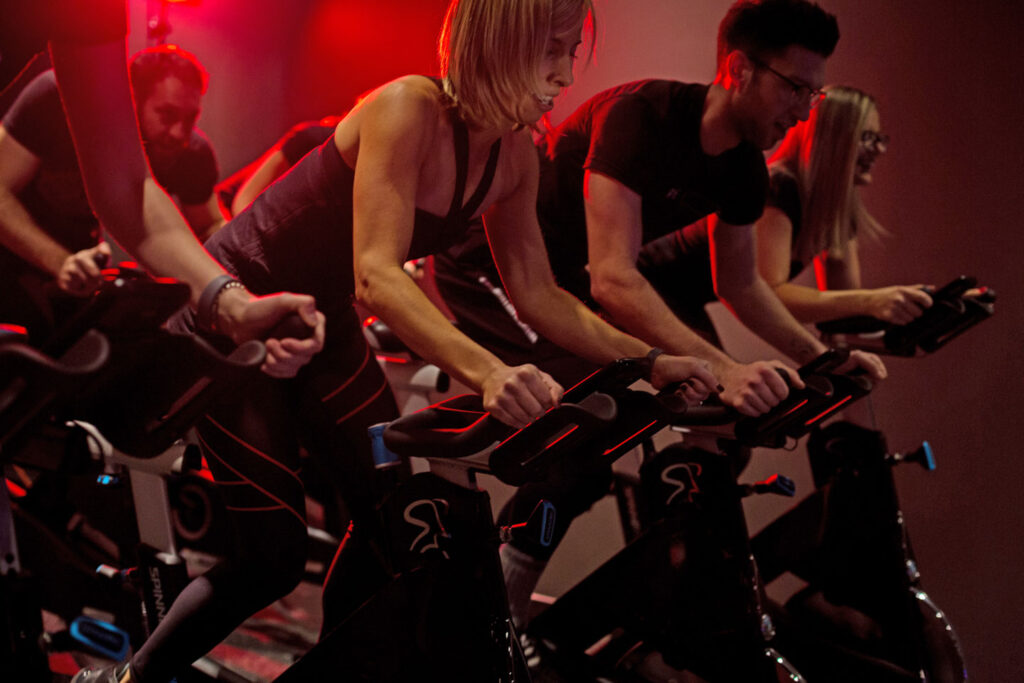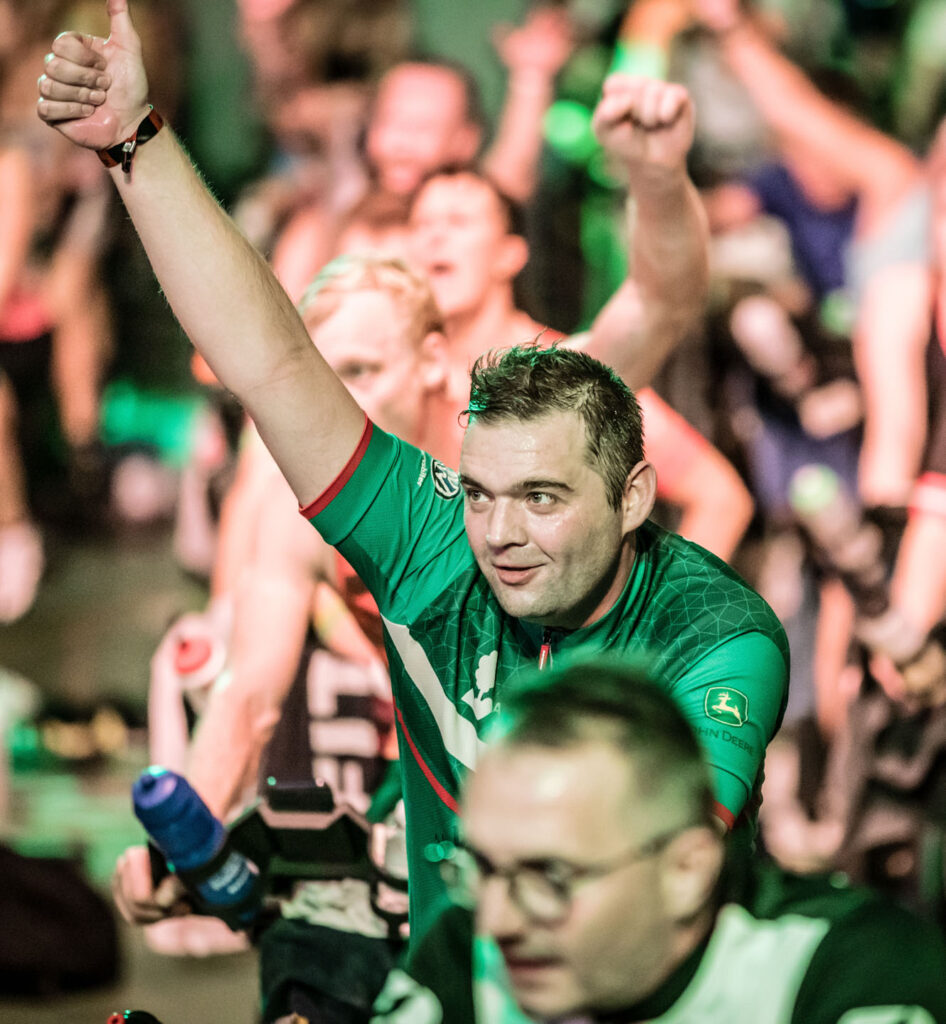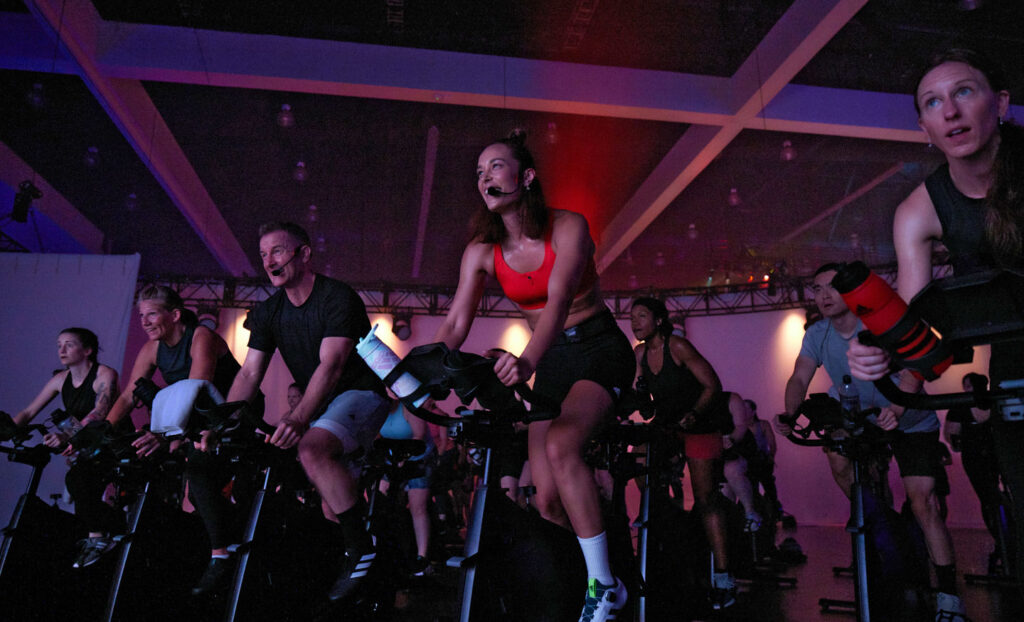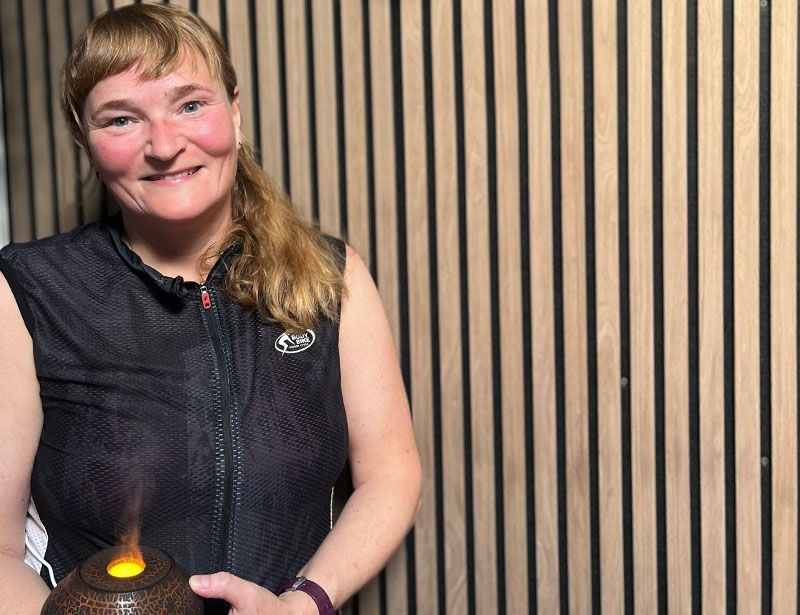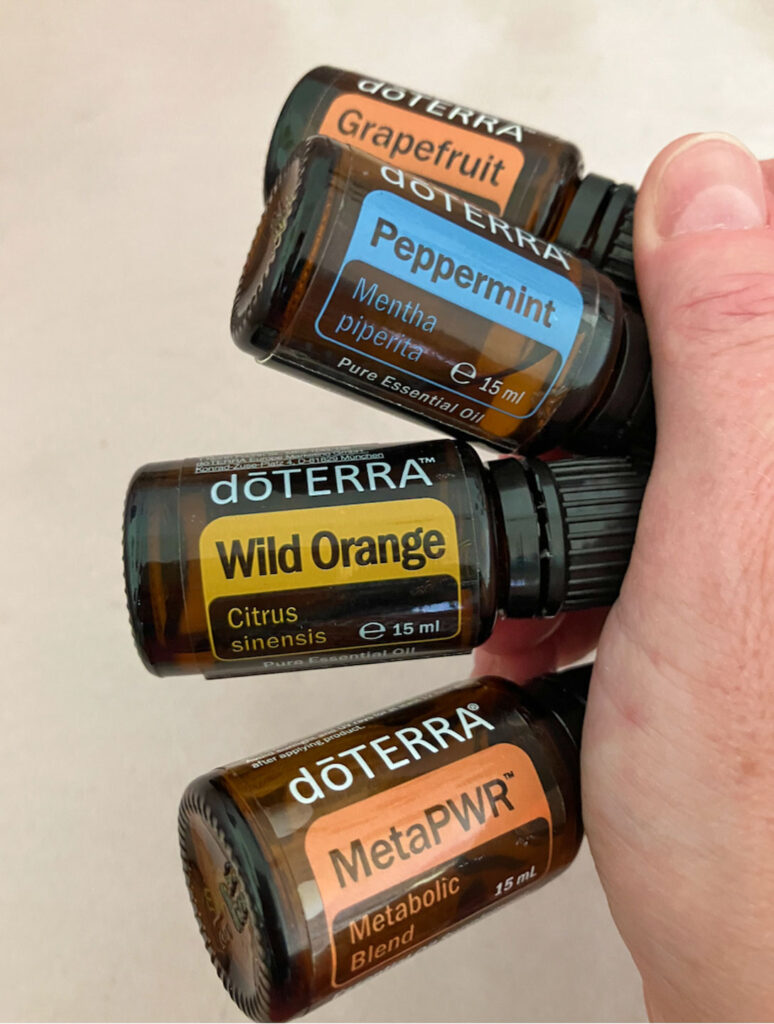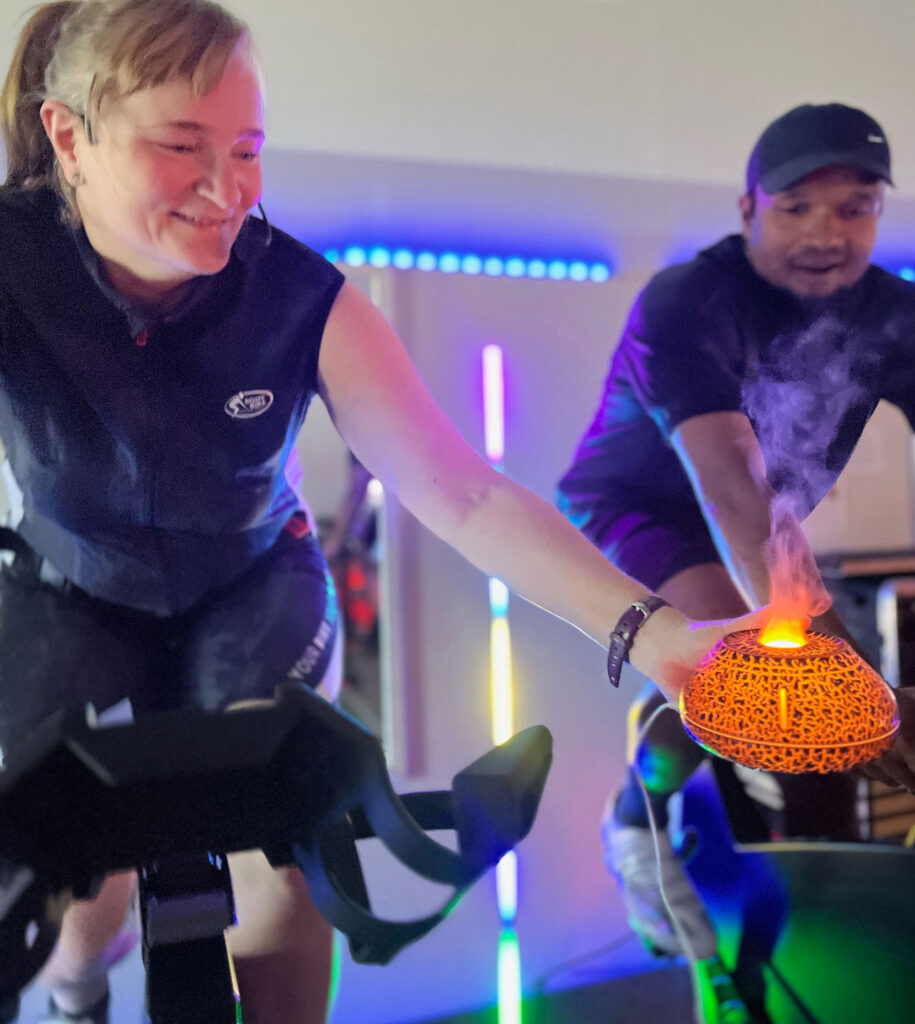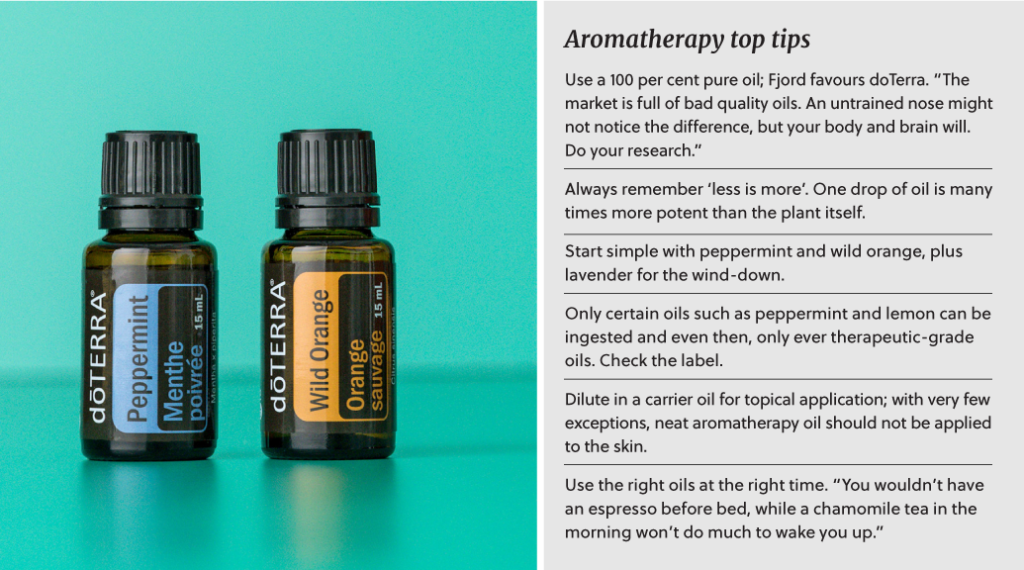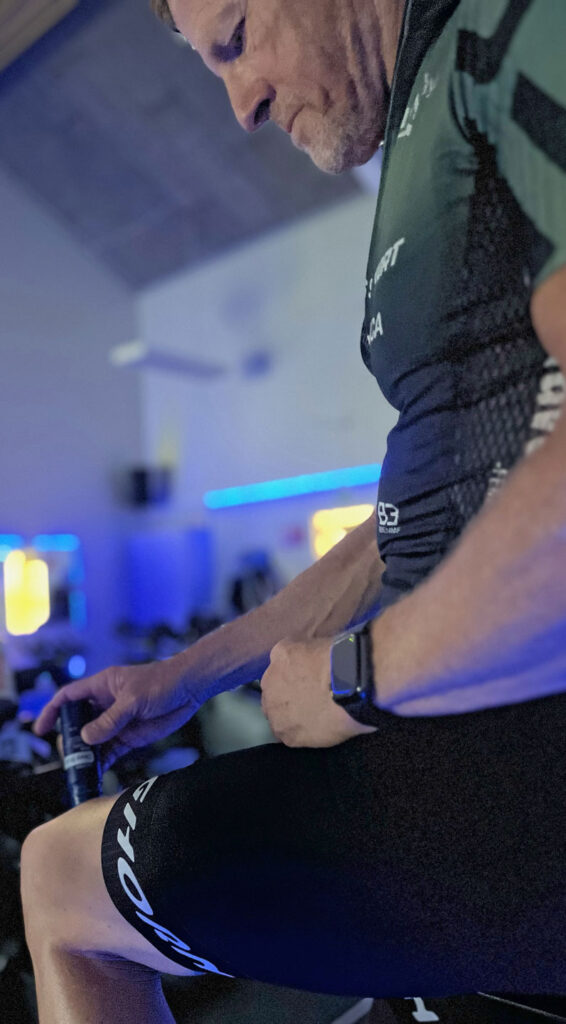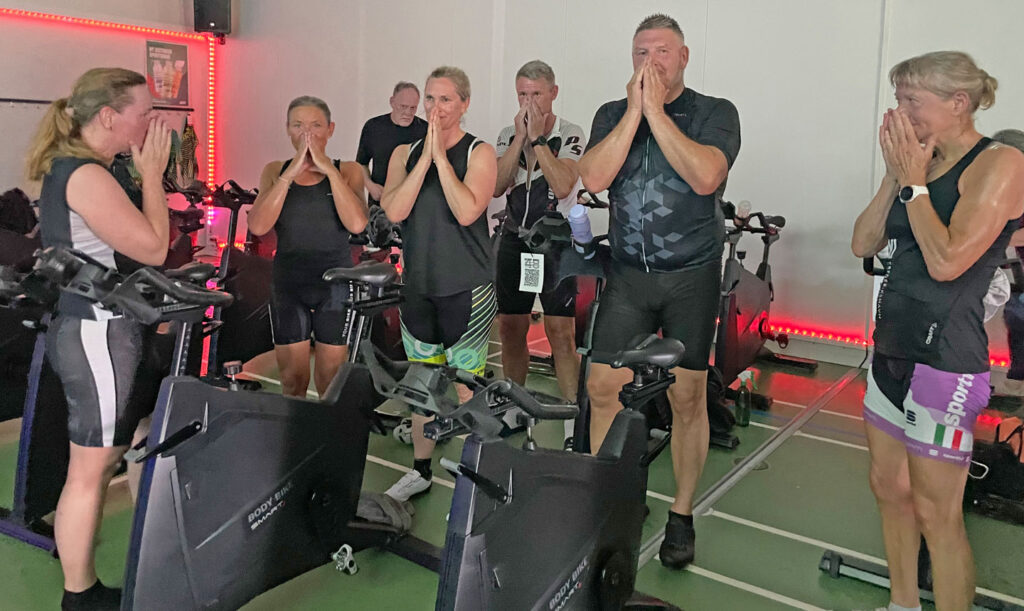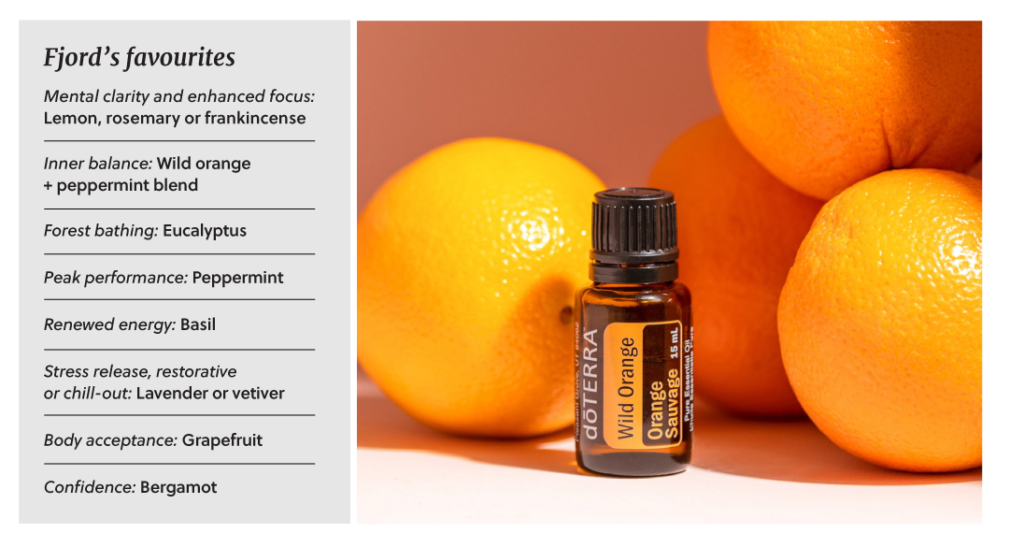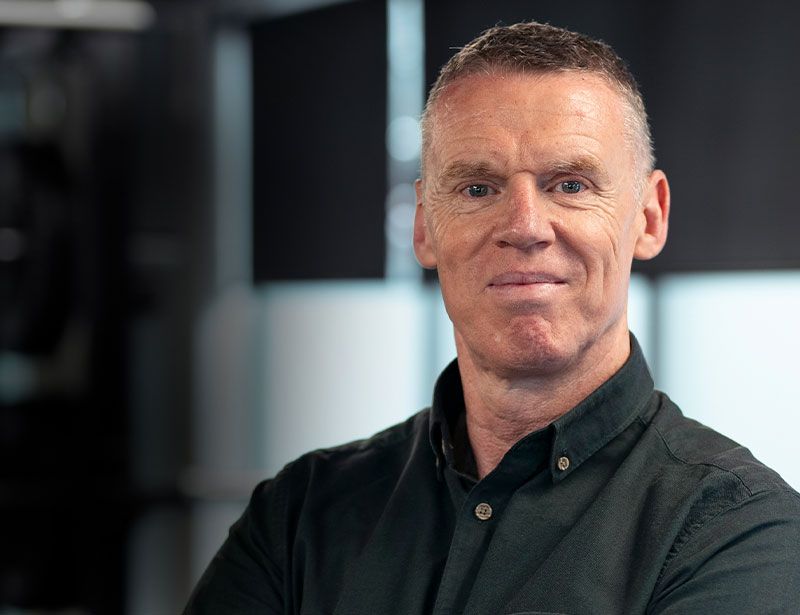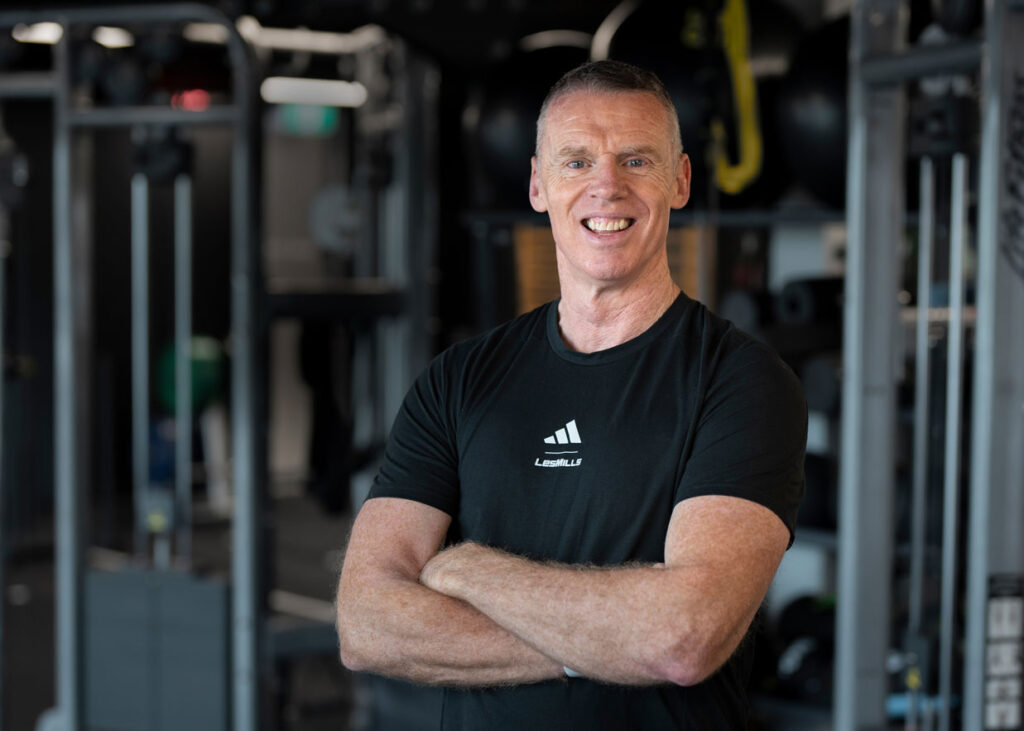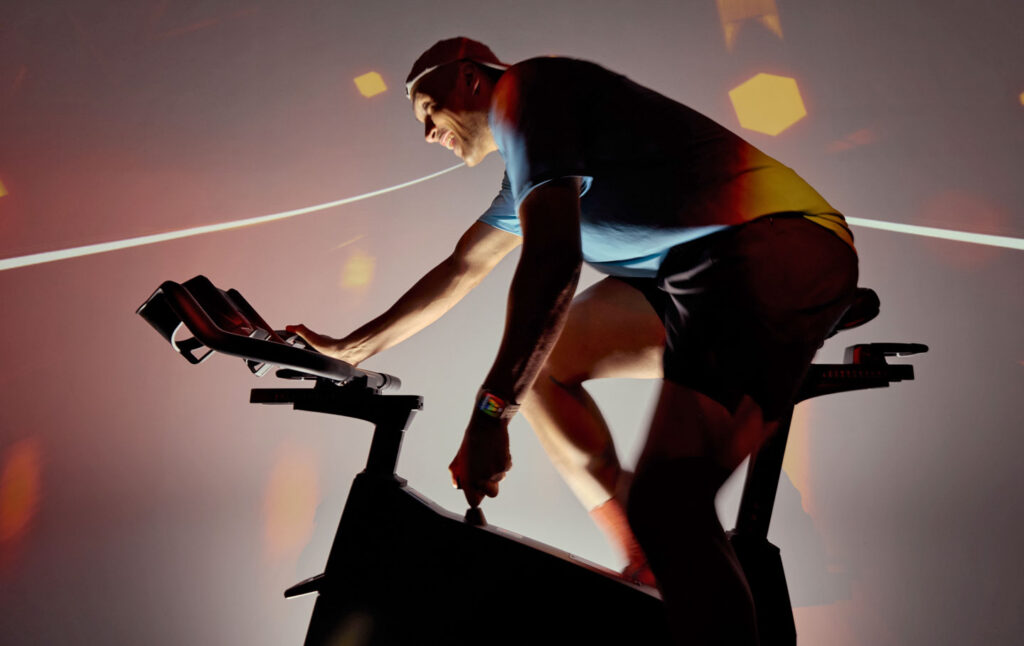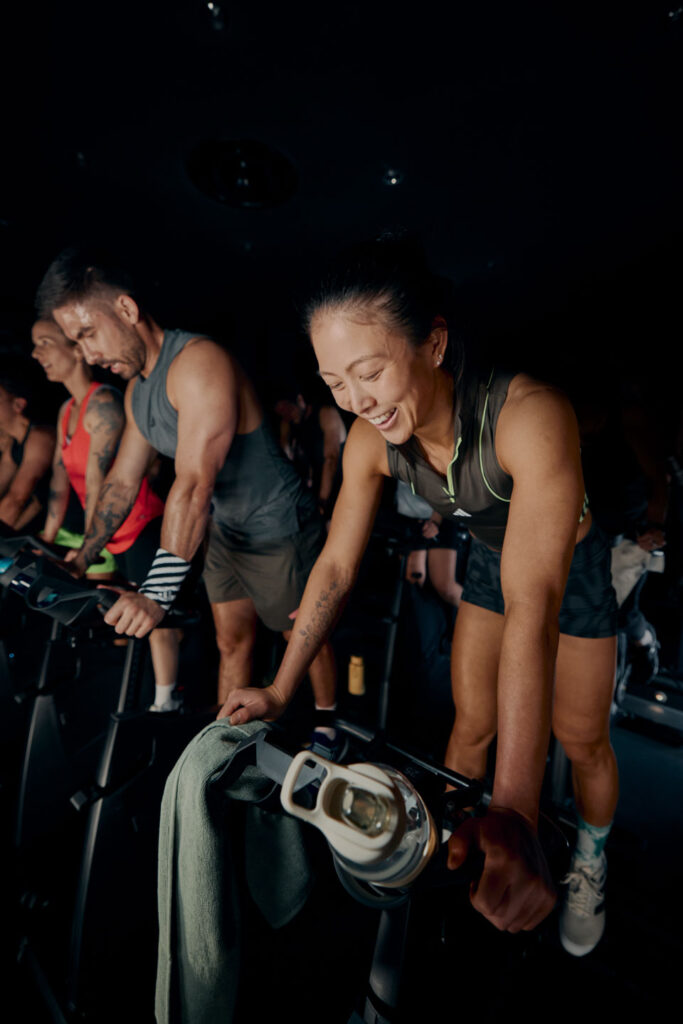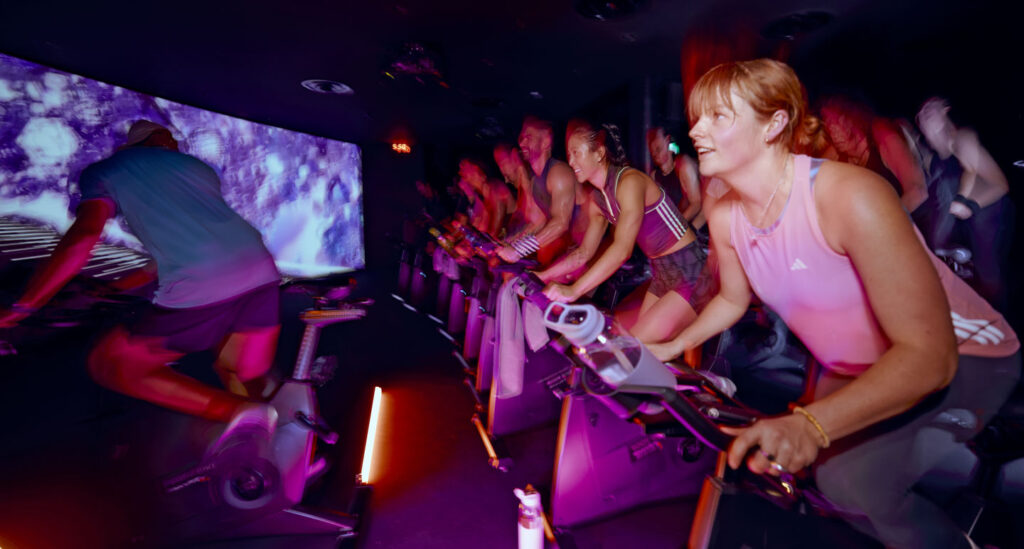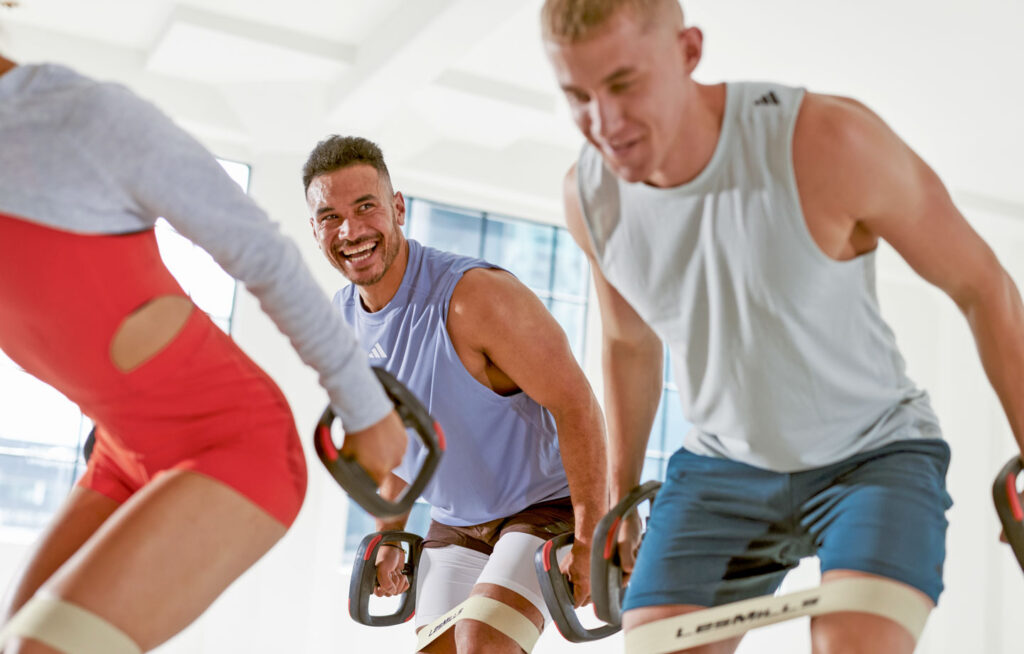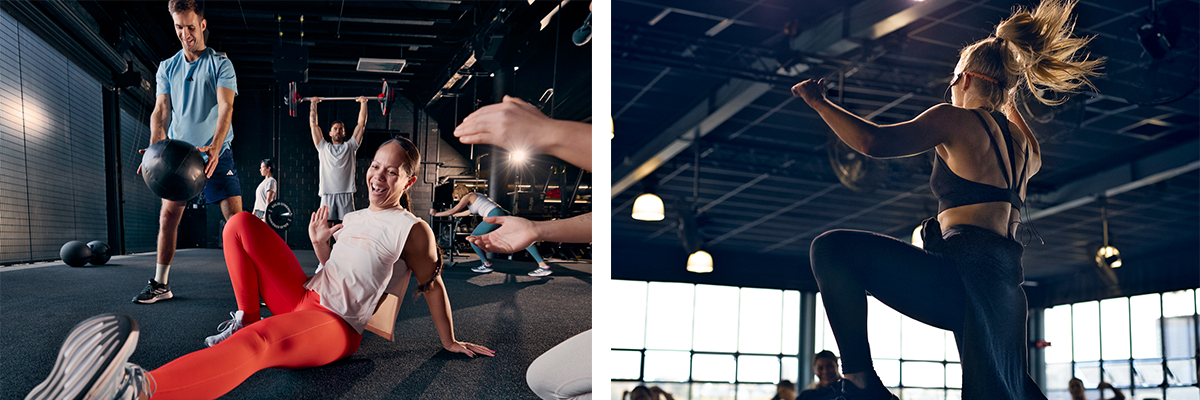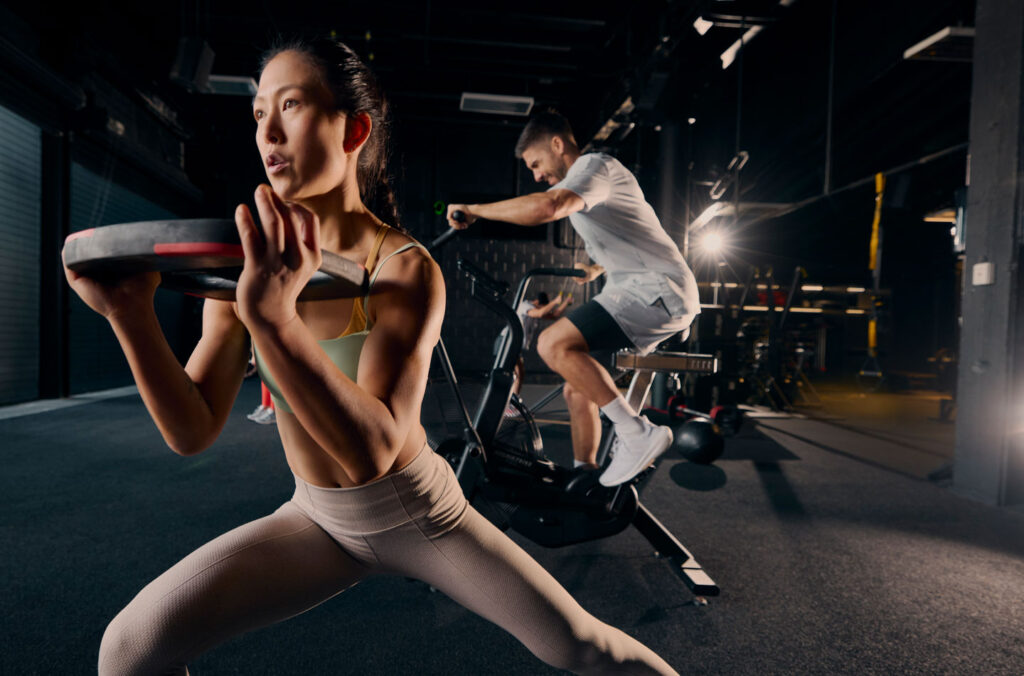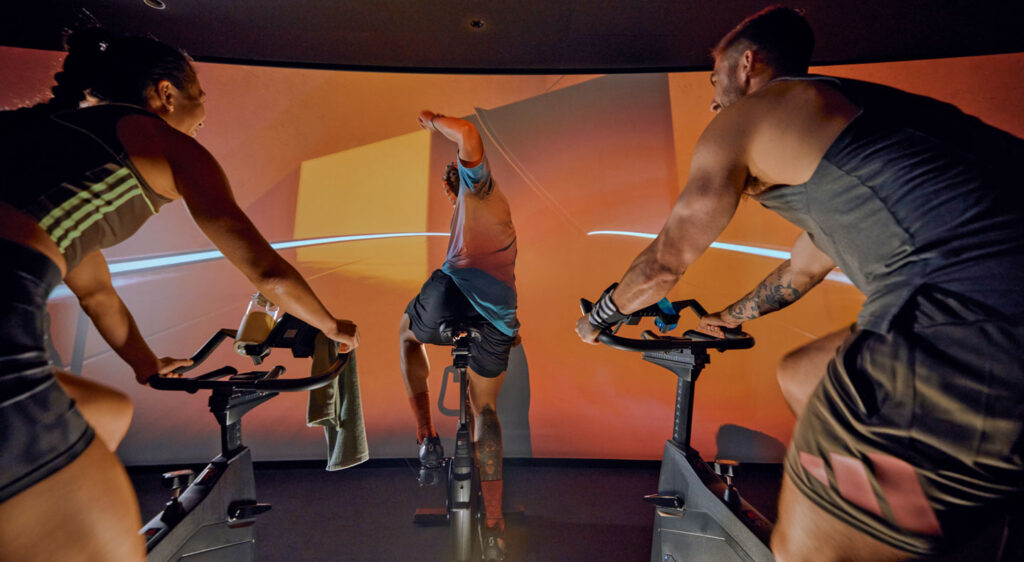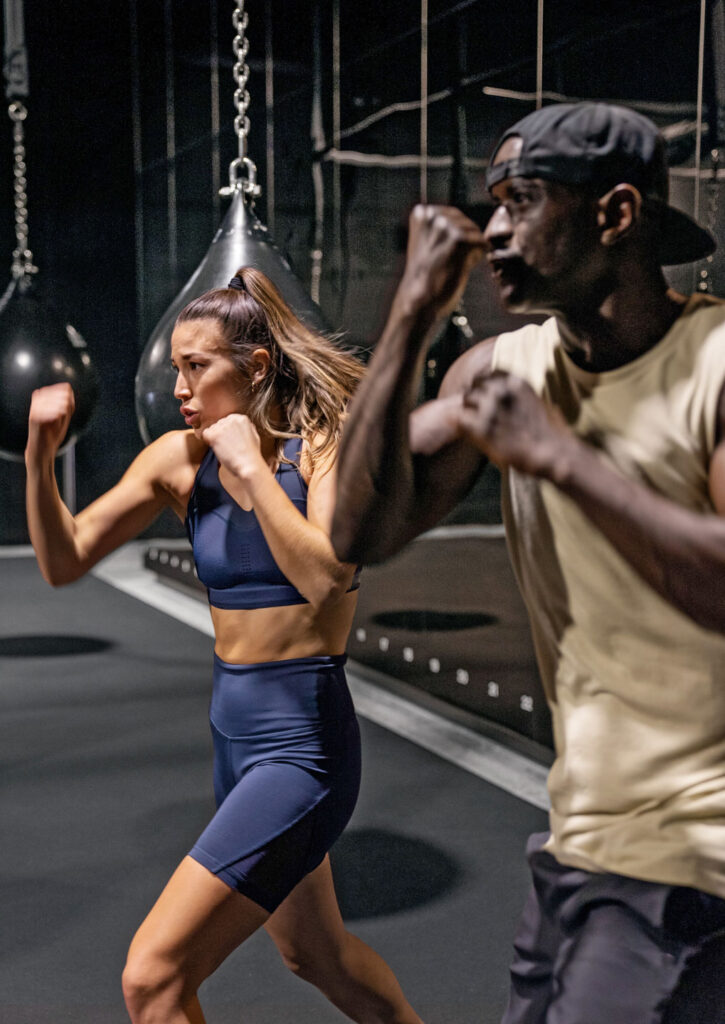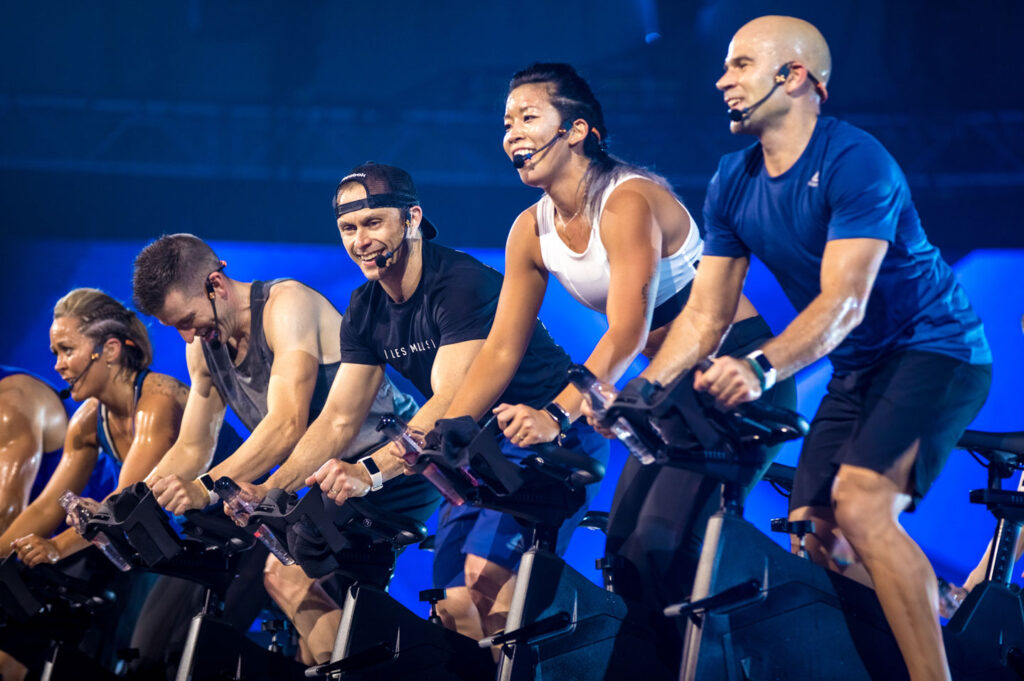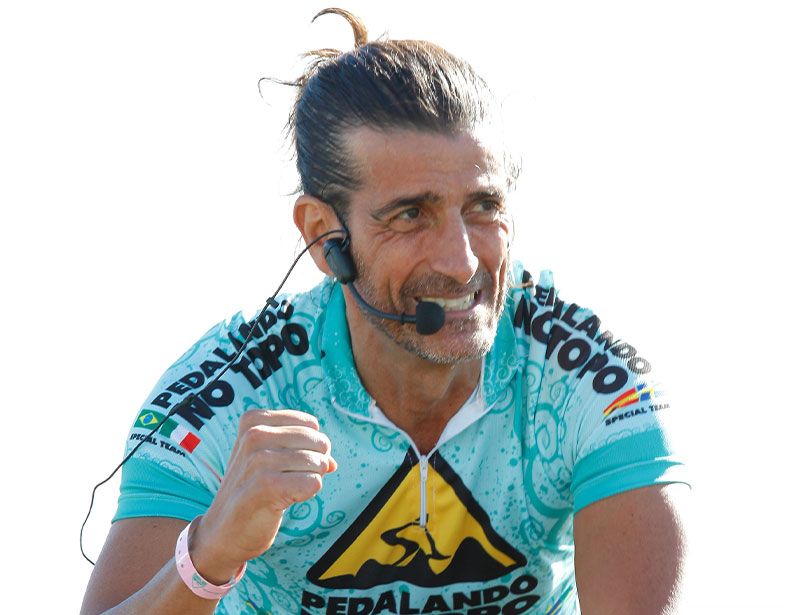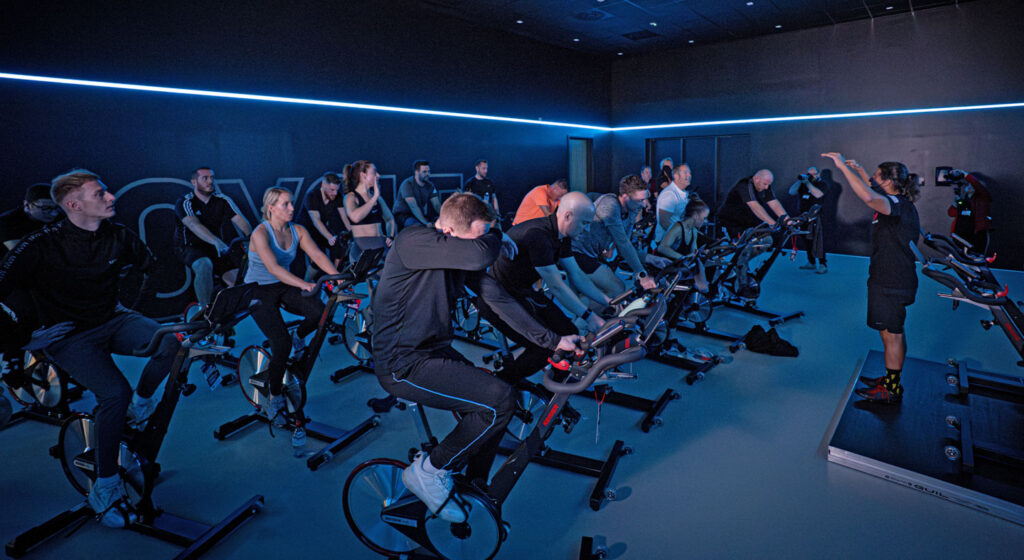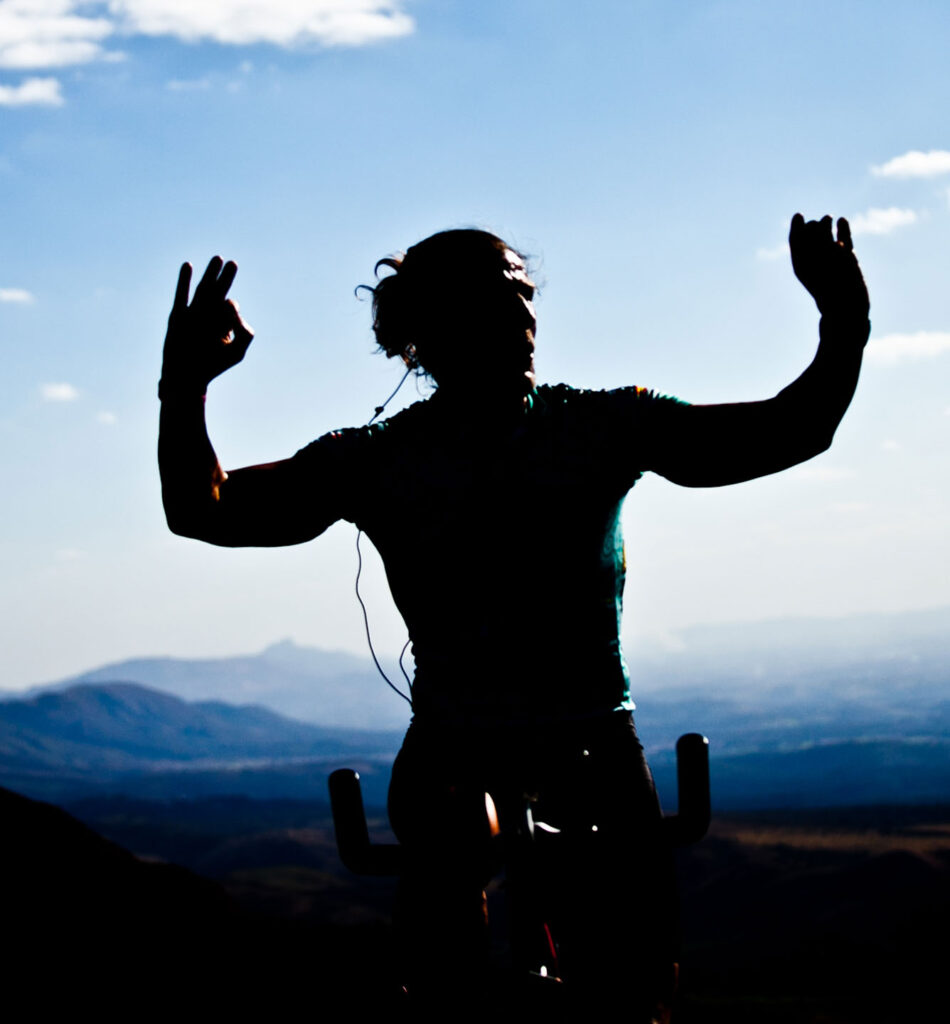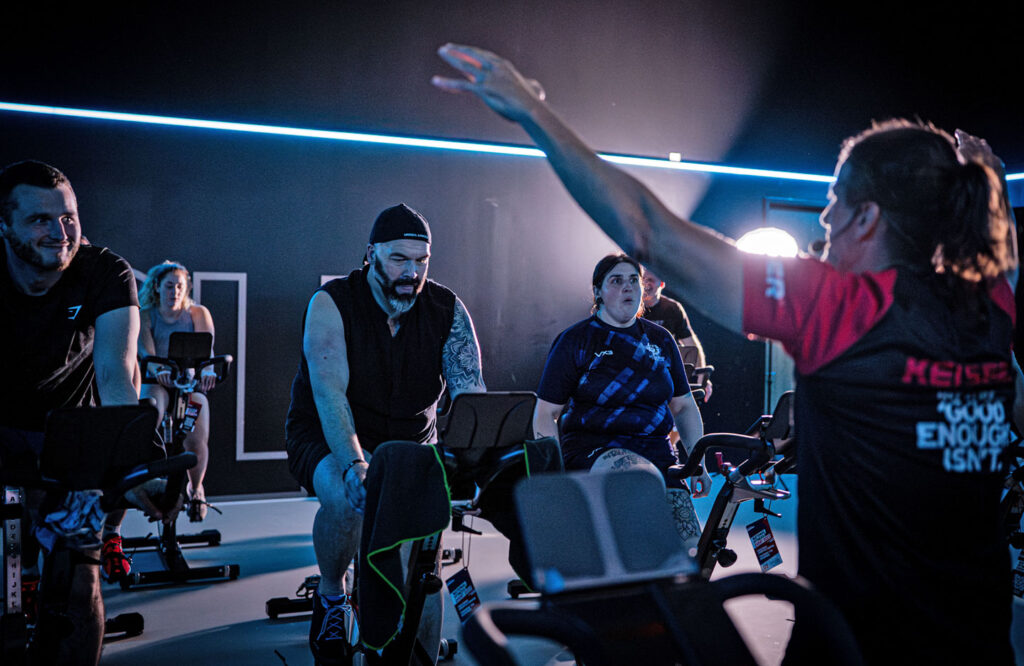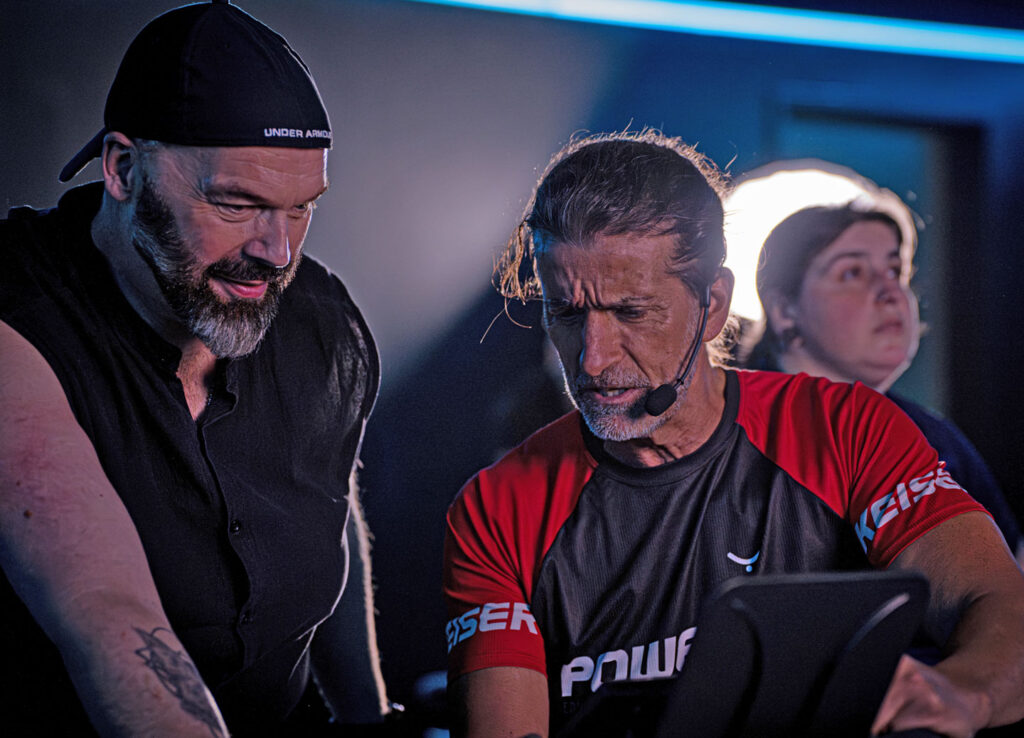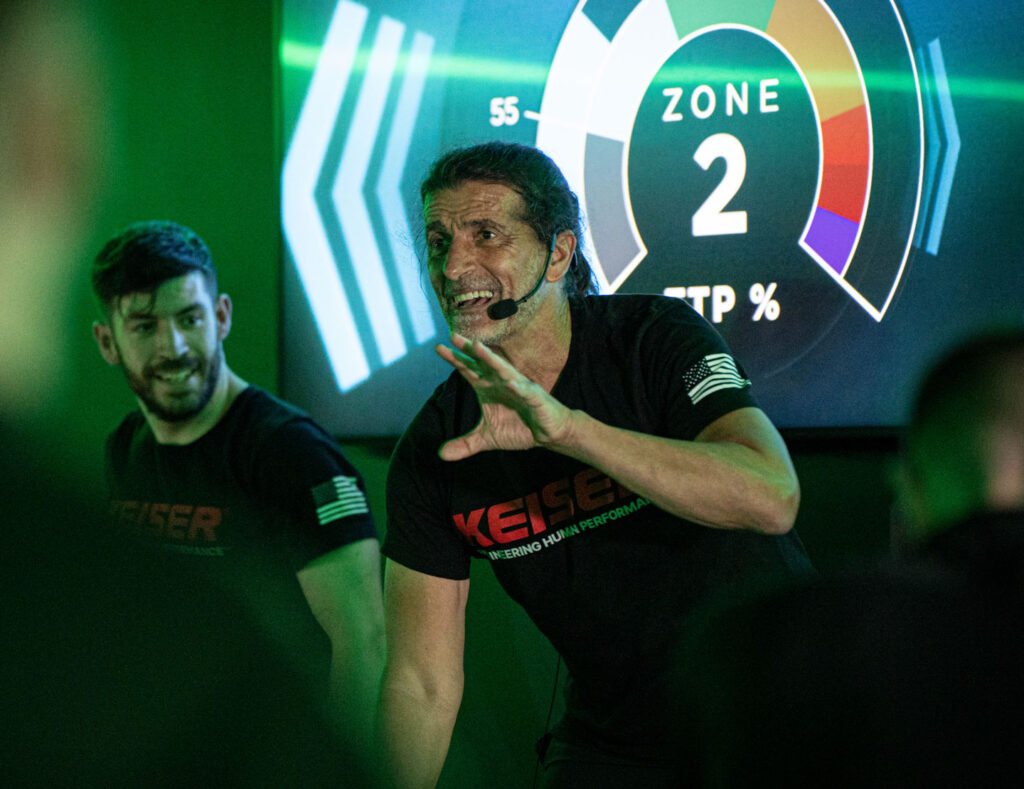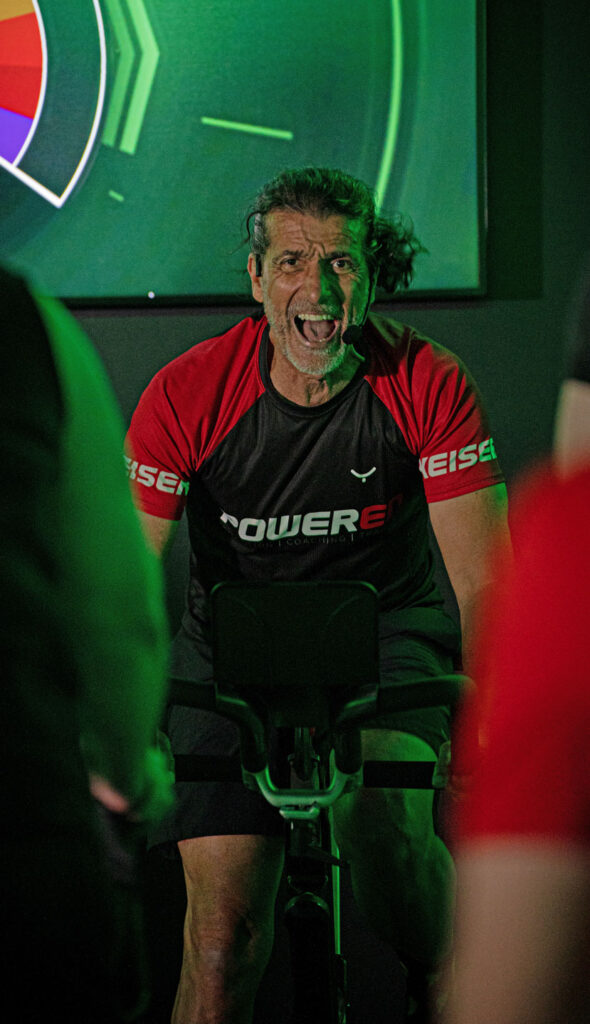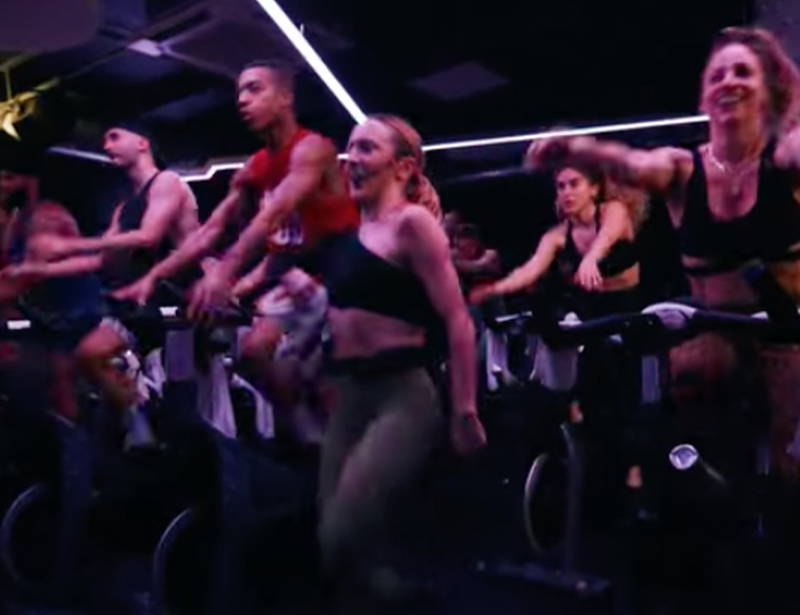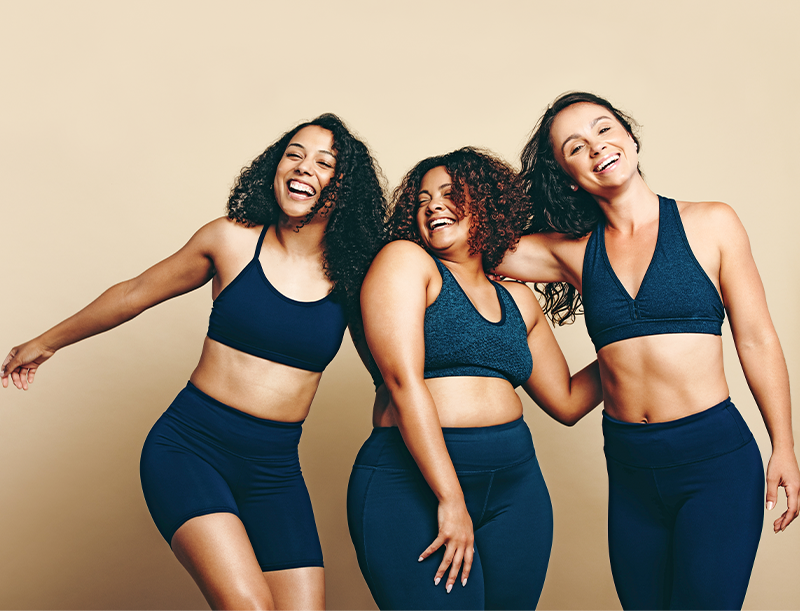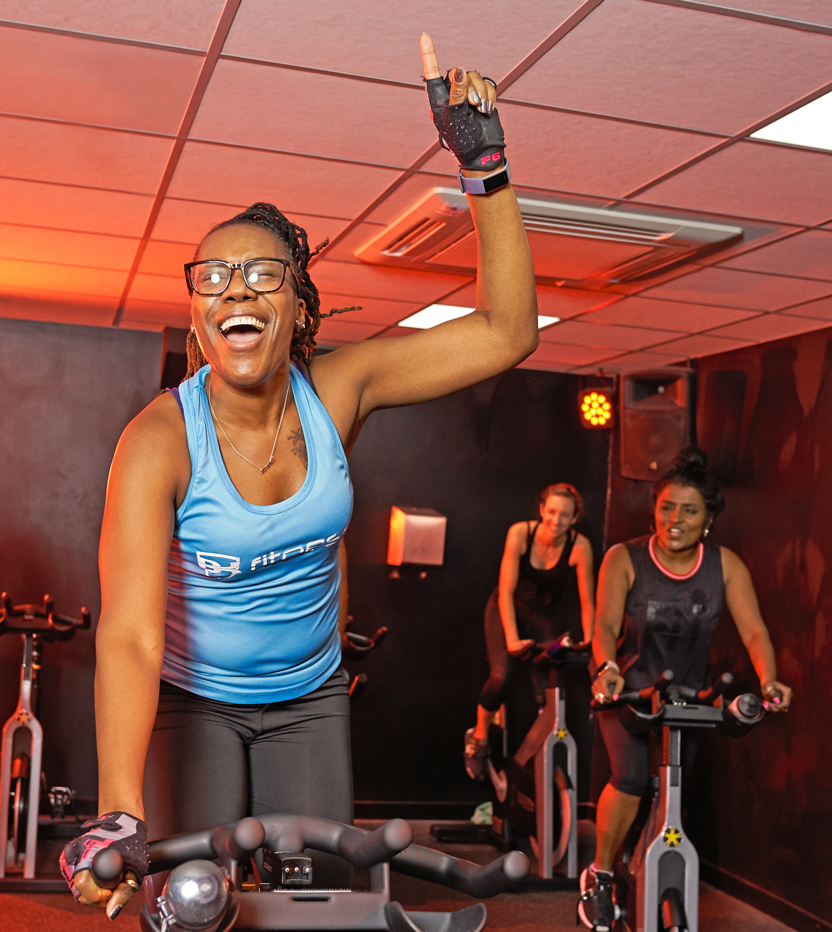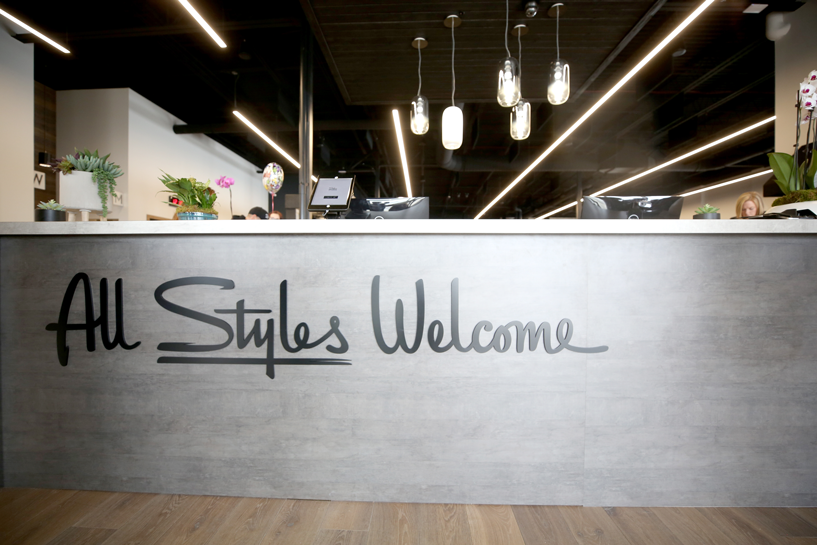Melissa Power
When did you discover indoor cycling?
I started teaching around 17 years ago. I’d never really been into exercise, but I had a road traffic accident where I was knocked off my bike and I used indoor cycling to recover and get my strength back. I loved it and certified as an instructor within a year.
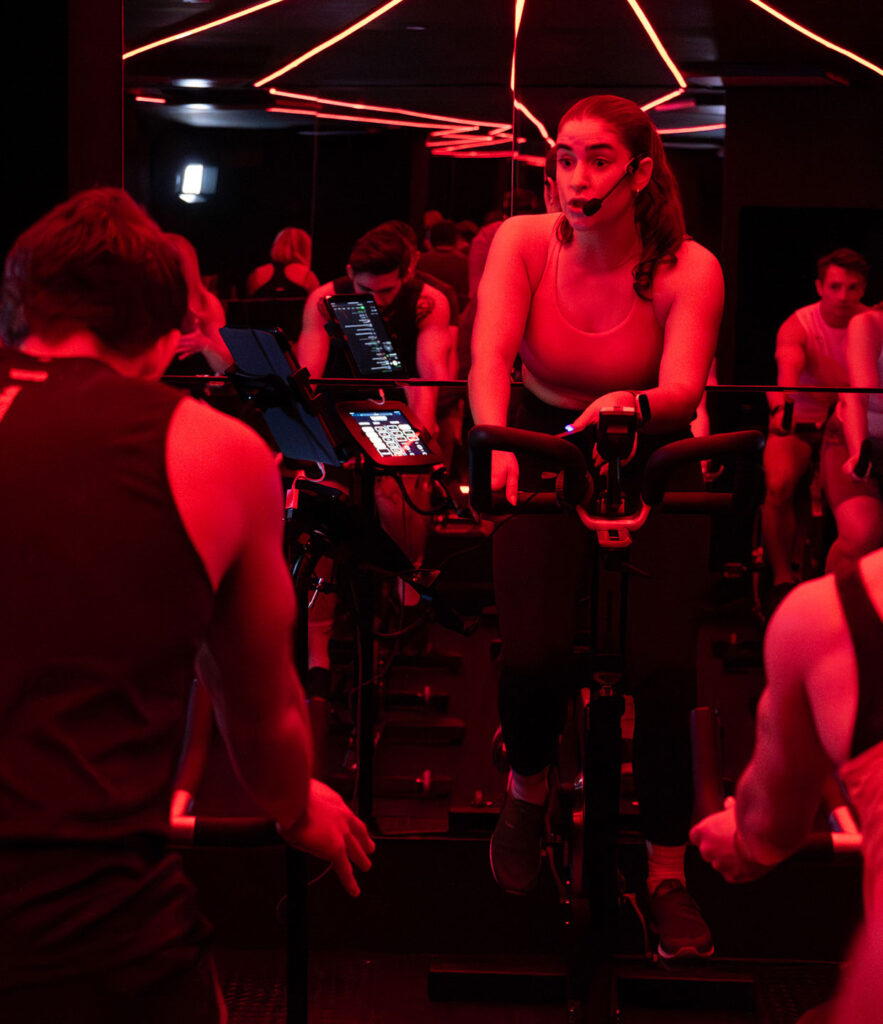
TikTok and Instagram have popularised double time, but it’s unsafe and bad for the joints
Initially I taught in the evenings alongside a day job in TV and radio, but I soon found myself living for the teaching so I quit my TV job. I knew I had to fully commit.
I went around London trying out all the gyms. I did lots of classes, got to know the master trainers and wrote to the clubs I loved to secure teaching spots. It became a full-time passion for me and I ultimately became a master trainer myself.
You then became a training provider…
It was 2017 by this point. I began to notice a lot of people coming into the industry who didn’t really know what they were doing. They had out-of-date or more generalist qualifications and while they could put on a performance, they lacked a basic understanding of the science of cycling.
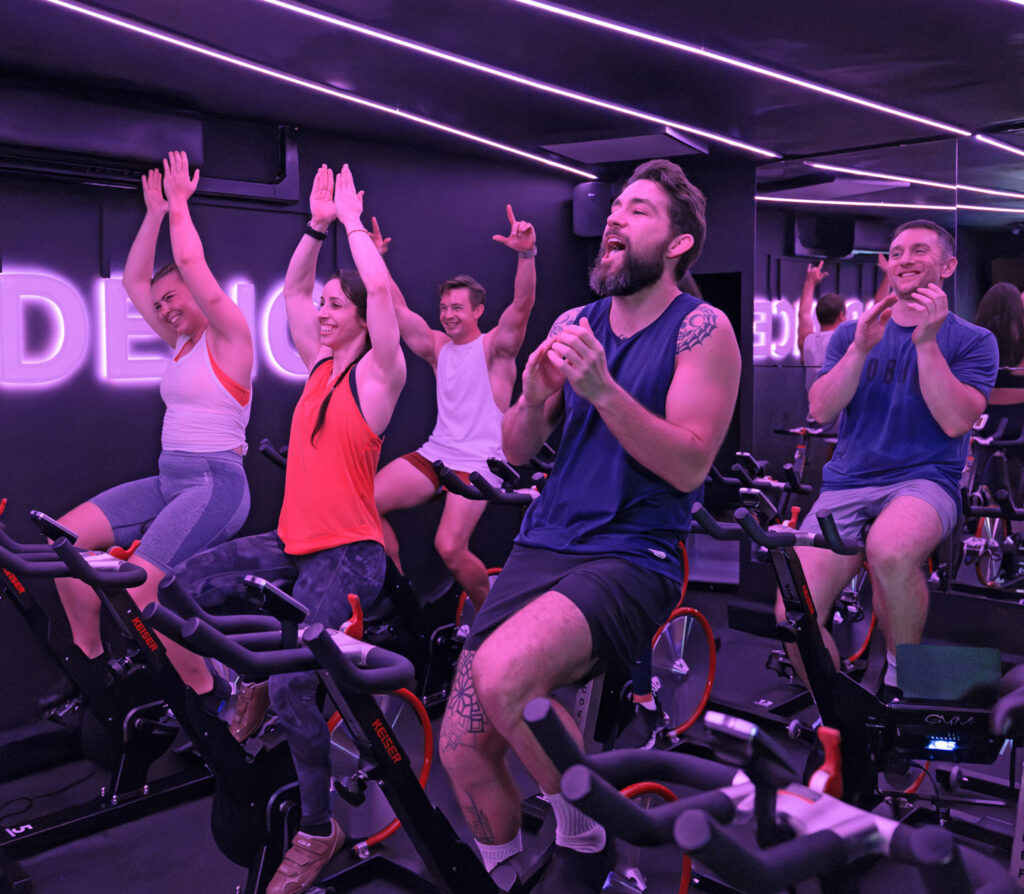
They’d equate speed with a higher RPM, for example, rather than turning up the resistance. They’d direct participants to go on ‘vibes’ rather than telling them what gears to use; can you imagine letting someone pick up whatever weight they felt like on the gym floor? In many cases, the bike was incidental – no more than a prop on which to perform their choreography.
Too often these days, attending a class is about buying a ticket to a show. It’s giving indoor cycling a bad name.
And so I decided to write my own indoor cycling certification, focusing first on teaching people to instruct safely – with a real knowledge and understanding of cycling – before adding musicality and choreography.
I’d been instructing for a long time by this point, but crucially I had never stopped learning, immersing myself in all the research and science I could find. Even so, designing and writing the certification was harder than writing my dissertation! It’s not just the content you have to create but also the delivery, lesson plans, programming structure, all the little details and tips.
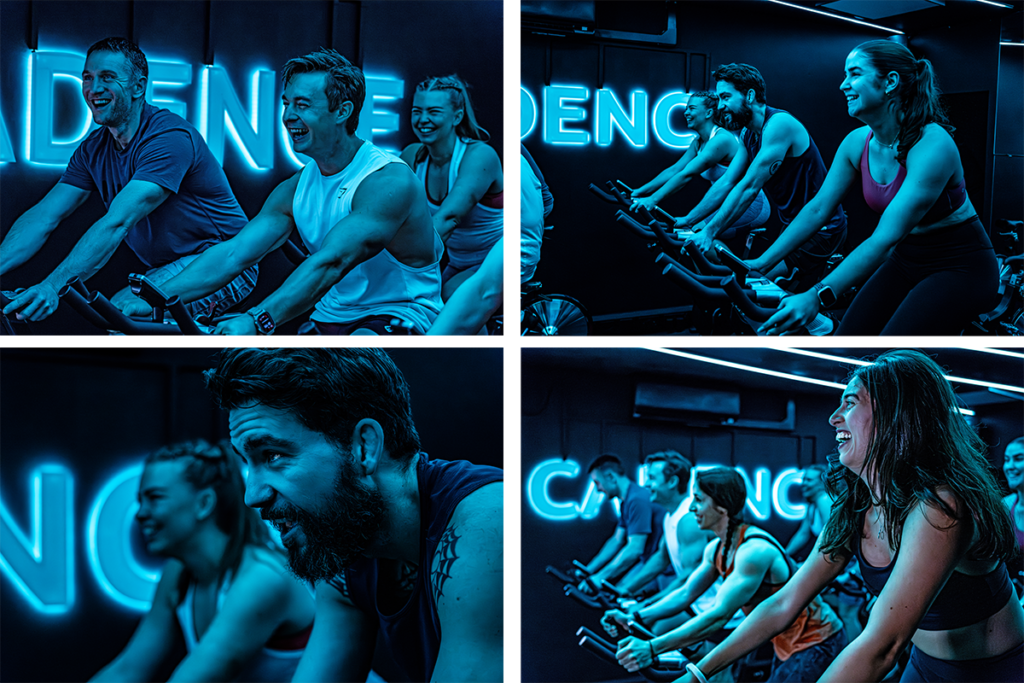
I also constantly evolve and add to it: it’s amazing how much it’s changed since I first launched it in September 2018. It’s effectively a masterclass now, with learnings for all instructors no matter how experienced they are; we’ve had master trainers tell us it’s all brand new knowledge for them.
We’ve certified about 600 instructors so far and I’m delighted to say the MPowered Training Academy has a CIMSPA rating of Enhancing, its highest level of accreditation.
What’s different about your approach?
There are two main things going on in the world of indoor cycling that I’m fighting against, both through MPowered and our new Cadence studio, which opened in October 2023.
The first is unsafe riding, by which I’m primarily referring to anything above 105 RPM. TikTok and Instagram have popularised double time, but it’s unsafe and bad for the joints. It might be very video-able, but members can’t keep up with it. Even instructors… I’ve had so many on my course tell me what a relief our approach is, because they can’t do the choreography some studios are asking for.
We help people fall in love with indoor cycling again by making it something everyone can do, not just the instructor and the front row
We believe that simplicity is sophistication. We teach people to instruct safely, removing the complex choreography and showing them new ways to make a workout exciting.
The second thing I’m fighting against is the way indoor cycling has become all about the superstar instructor. Of course you want a great instructor, but what actually defines ‘great’ is how they make participants feel. It absolutely isn’t about using class to show off what they can do: double time, one-handed choreography and so on.
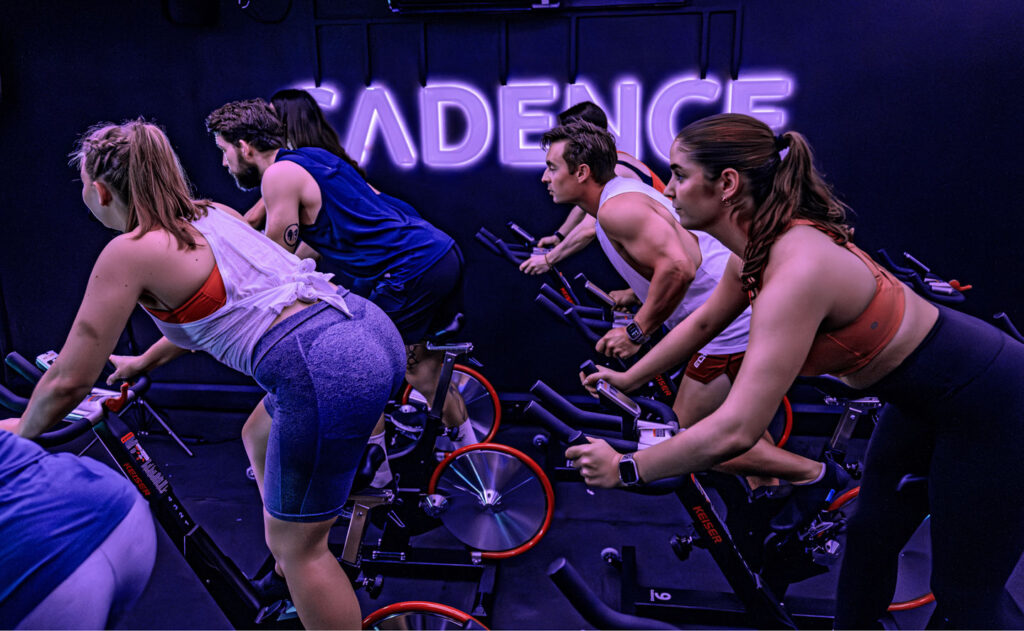
Too often these days, attending an indoor cycling class is about buying a ticket to a show. It’s giving indoor cycling a bad name. So much so that at Cadence, we aren’t only competing with other studios and other leisure activities, but are also having to persuade people to give indoor cycling another chance after their negative experiences elsewhere.
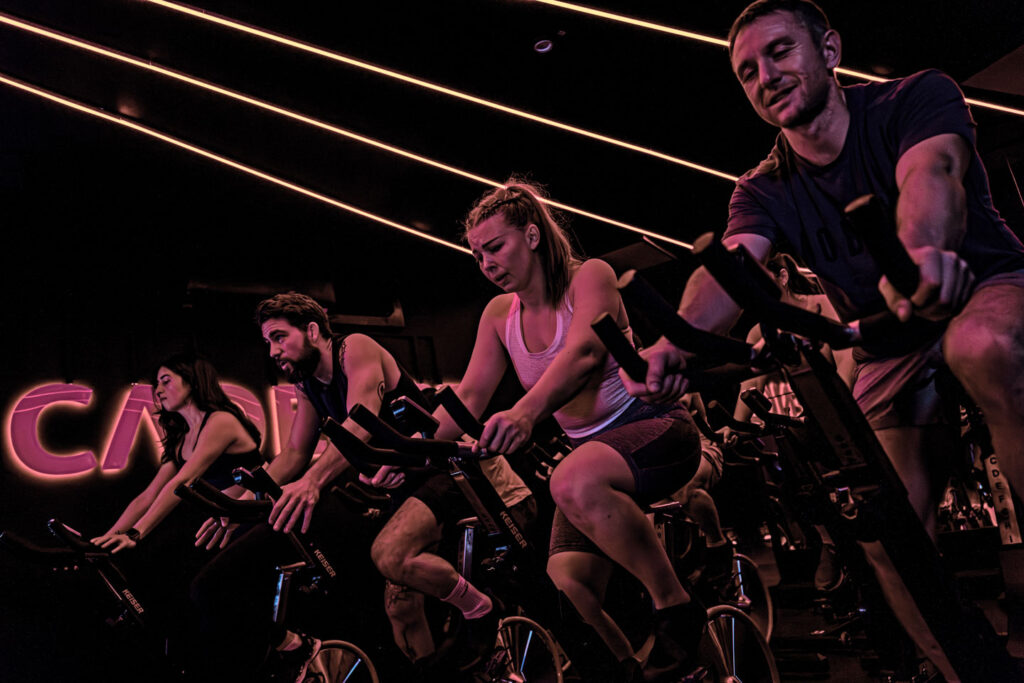
Tell us more about Cadence.
We help people fall in love with indoor cycling again by making it something everyone can do, not just the instructor and the front row. We make everyone feel welcome.
I’ve worked out the exact cadences that different types of training should be ridden at to achieve the best results
The reviews say it all. We’re getting so many comments along the lines of “I never thought I’d enjoy indoor cycling again”, while Time Out said: “Cadence is doing things differently. If indoor cycling scares you, this is the place to start.”
It hasn’t been without its challenges. We did it all ourselves – my partner Chris and I – with no investment other than my life savings. We found out I was pregnant the day we signed the lease. And we simply hadn’t anticipated the total market dominance of ClassPass. We’ve had to sign up and we’re getting regular riders through the platform, but the payments we receive are still so low, even for high-demand classes.
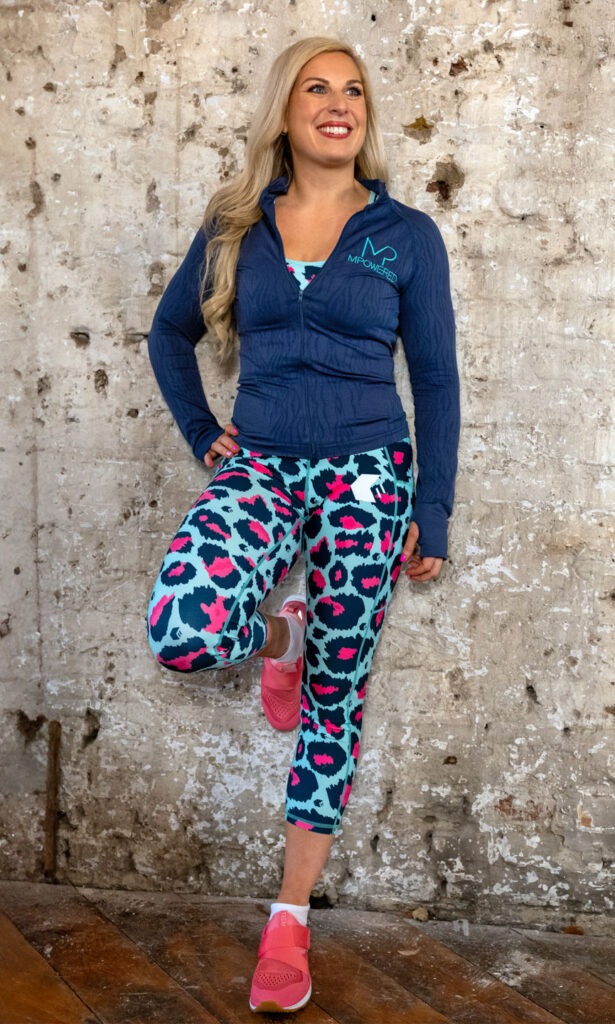
Nevertheless, I’d always dreamt of having my own studio – building a community around my ethos of ‘everything we teach, everyone can do’ – and that’s what we’re doing.
Located in the residential north London area of Crouch End, ours is a small studio of 14 bikes. It doesn’t have posh changing rooms, but it does have the best team of instructors in London, all of whom have come through MPowered, then the Cadence Academy.
I compare Cadence to a Michelin-starred restaurant, where people go for the high-quality food prepared by top chefs rather than for the surroundings. At Cadence, people come for the quality of the classes delivered by fantastic instructors.
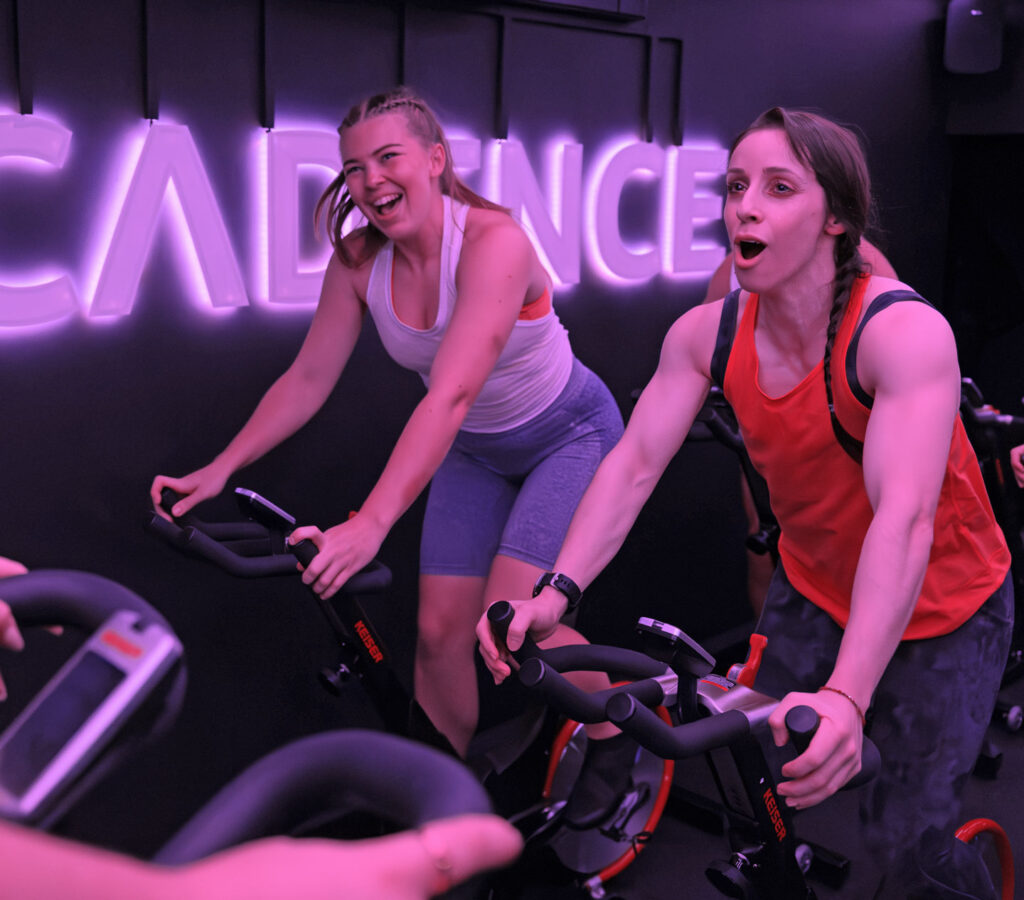
Tell us about your programming.
Our programmes are designed scientifically but delivered accessibly. We modify around the individuals in the room and give options so everyone leaves feeling positive. Even when I was two days from giving birth and honestly pretty uncomfortable, I was able to do our classes.
Our Signature workouts are fun and accessible for all levels – a combination of rhythm and power, using choreography mostly as a break from power. We don’t explain it in this scientific way, but we might have a three-minute power track at threshold, then a two-and-a-half-minute choreography track in the aerobic zone, then maybe a minute of VO2 max.
I won’t give away our secret sauce, but I’ve worked out the exact cadences that different types of training should be ridden at to achieve the best results. It’s why we always design the programme first, then create the playlist. It’s very hard to do it this way round, but the music has to support the exact cadences we need. It makes me a nightmare to watch TV with: I’m forever pausing programmes to Shazam the music!
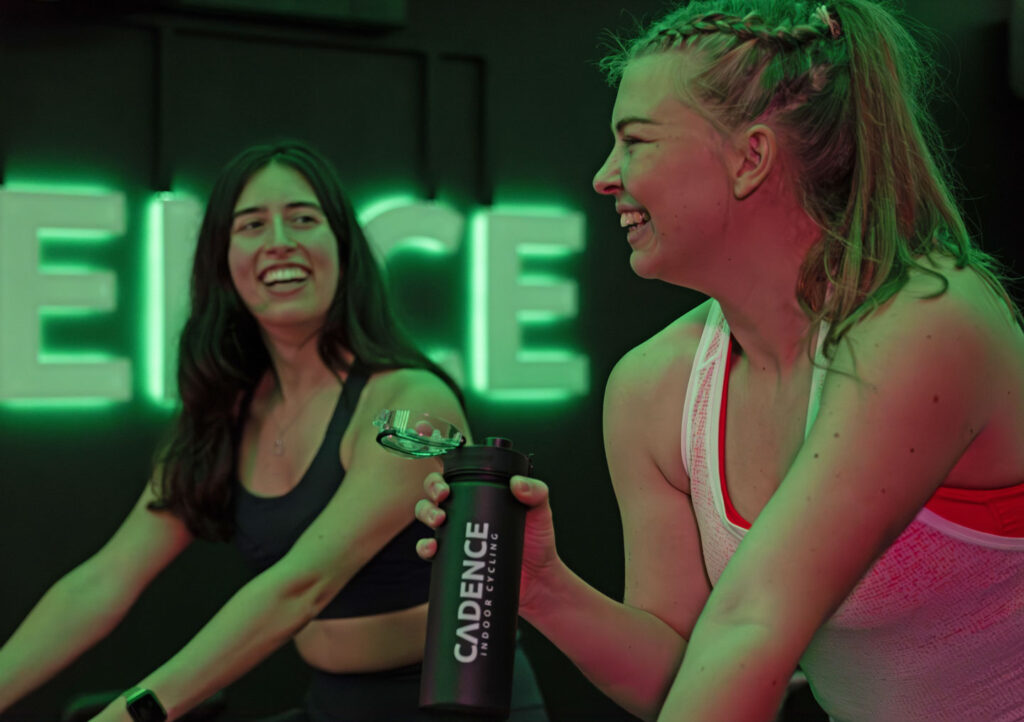
Zones is our more technical, performance-focused ride, but we still teach it accessibly.
And then there’s Cadence Karaoke, which is great fun but also rooted in science. There’s a reason why Taylor Swift trained for her Eras tour by singing the full three-hour set while running on a treadmill: singing while exercising has been shown to significantly improve stamina, fitness and aerobic capacity.
In Cadence Karaoke, we alternate between one pure cycling track, then an easier track where we sing while we cycle. It’s a labour of love, as every class takes hours to prepare: the programming, music selection, creating the video and lyrics for the big screen. But it’s an amazing experience and hugely popular.
What’s next for you?
We launched our Academy internationally in mid-July, with the first course set to take place in Dubai in November. New York, Toronto, Berlin, Amsterdam and Barcelona will follow.
We dream of taking the MPowered method globally. We see it as a movement, building an army of people who will bring indoor cycling back to where it needs to be.
We’d also like to expand Cadence, starting in London and then potentially internationally.
The best indoor cycling classes are the worst ones to put on TikTok… We can’t let indoor cycling become a fad.
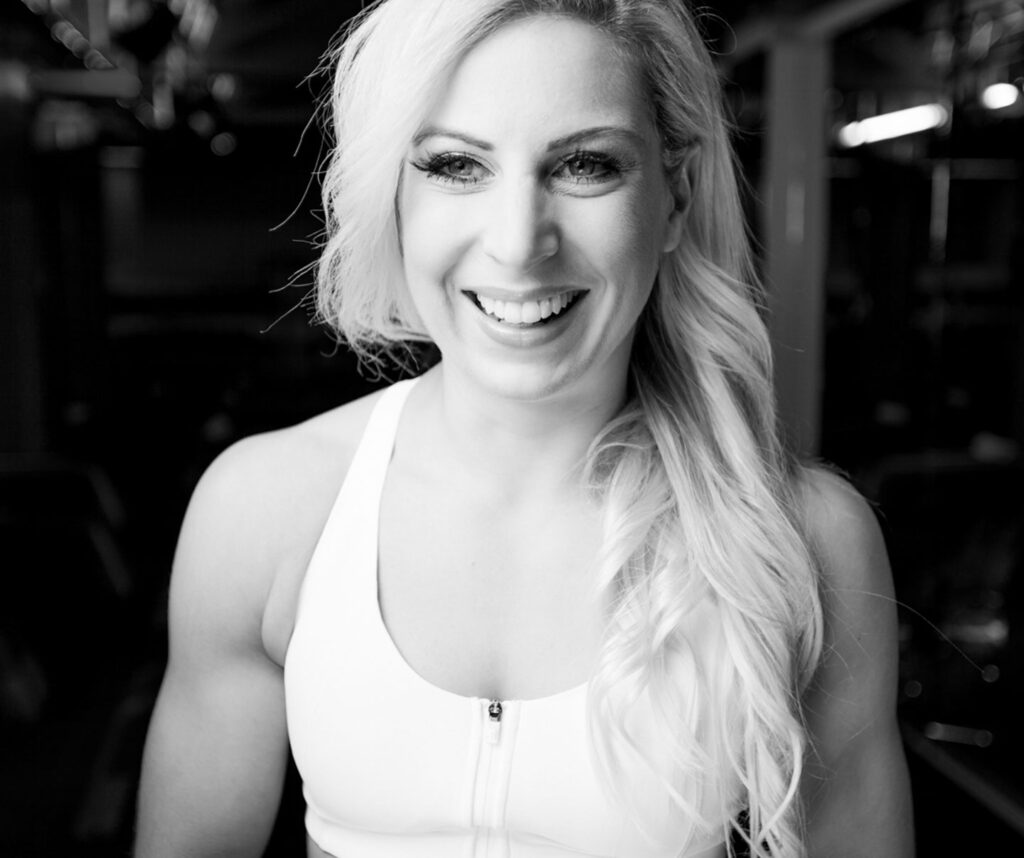
What’s your advice to the sector?
The best indoor cycling classes are the worst ones to put on TikTok. We need to scrap double time and complex choreography to focus on safety and simplicity. We need to put power back in the mix so it isn’t just dancing on a bike. We can’t let indoor cycling become a fad.
I’d also like to see the demise of the superstar instructor, so members are paying for a class, not a show. It’s fine for members to admire an instructor, but it should be because that instructor has come over to help them set up, made them feel comfortable, seen who’s in class and offered alternatives so everyone can do the workout. True superstars are defined by their empathy, not their performance.

